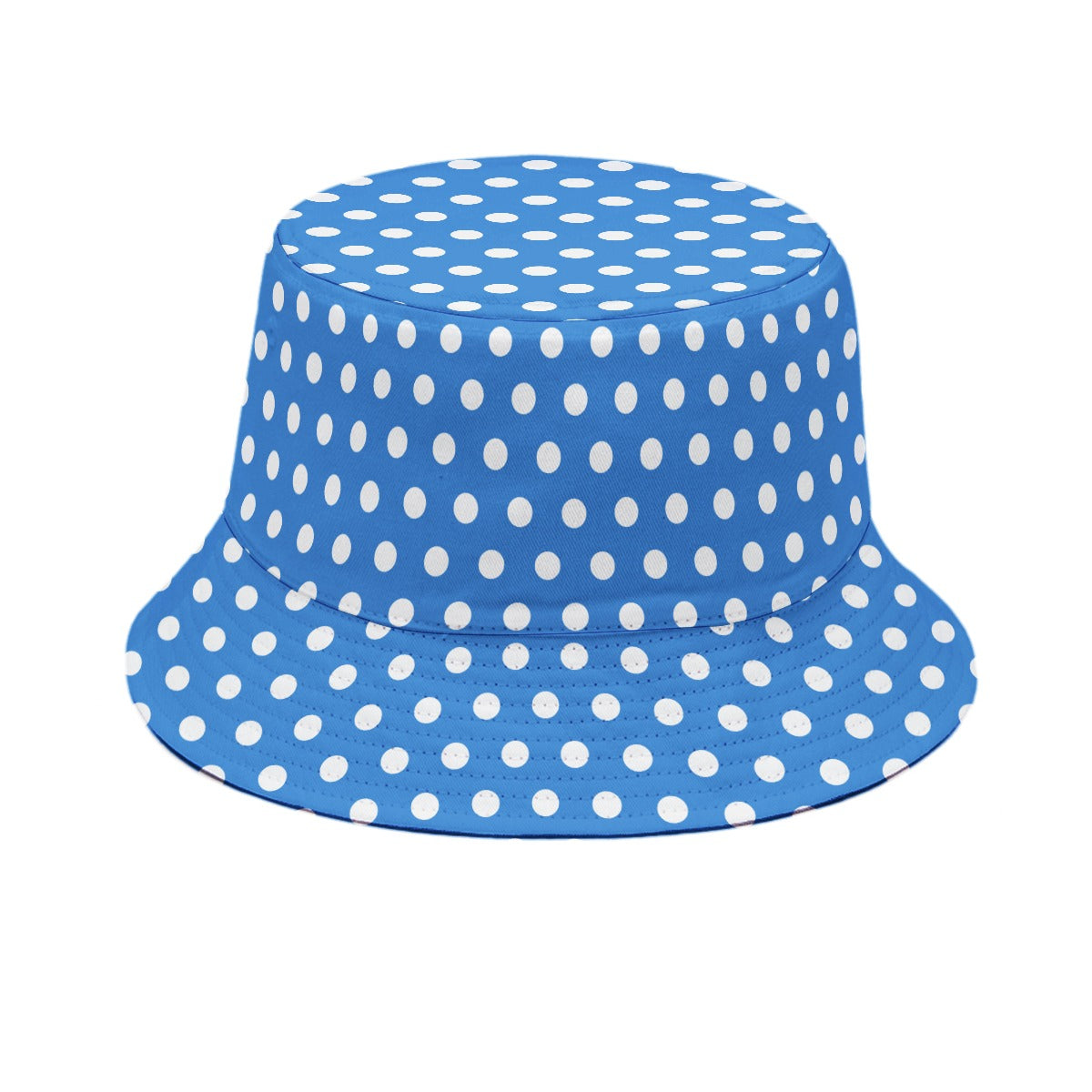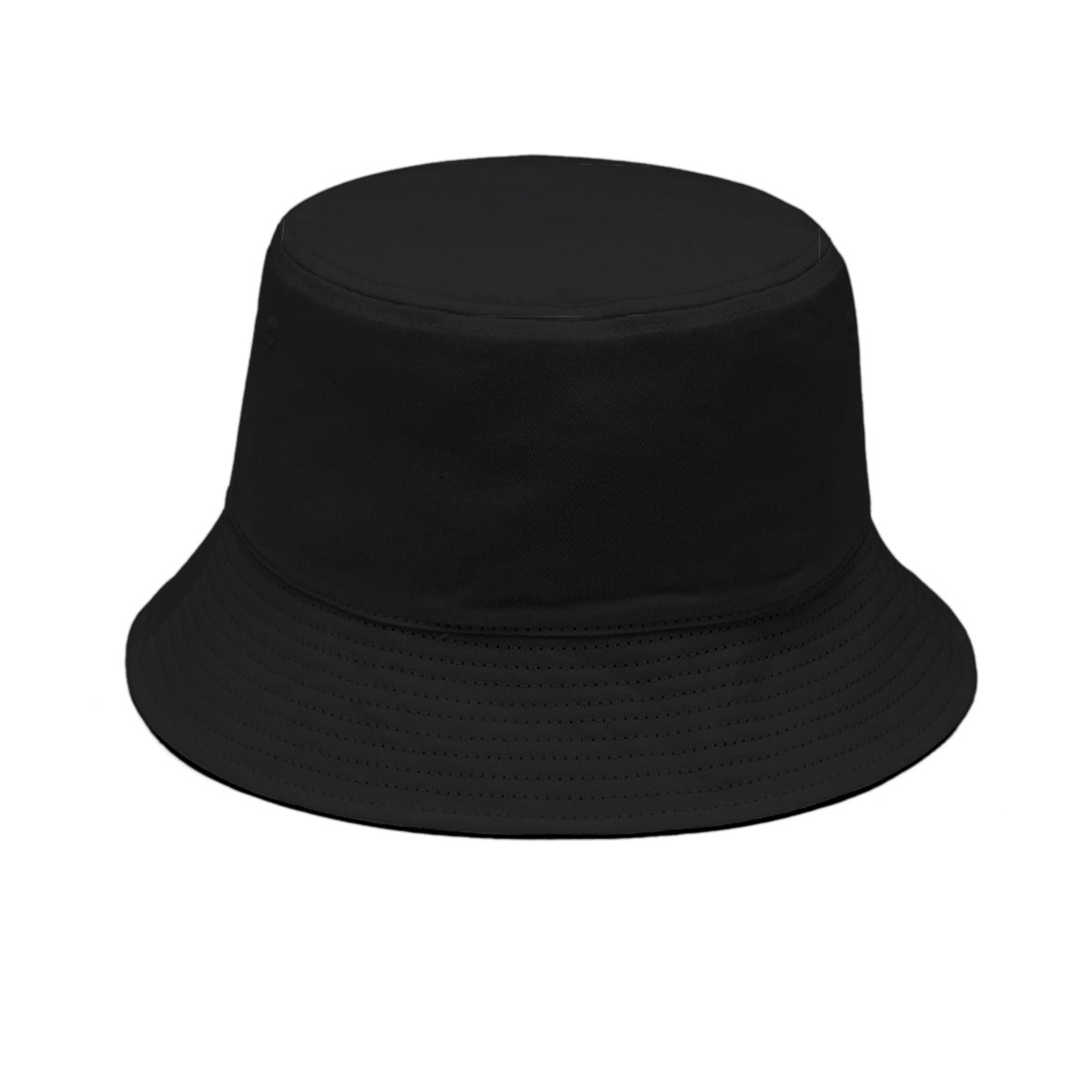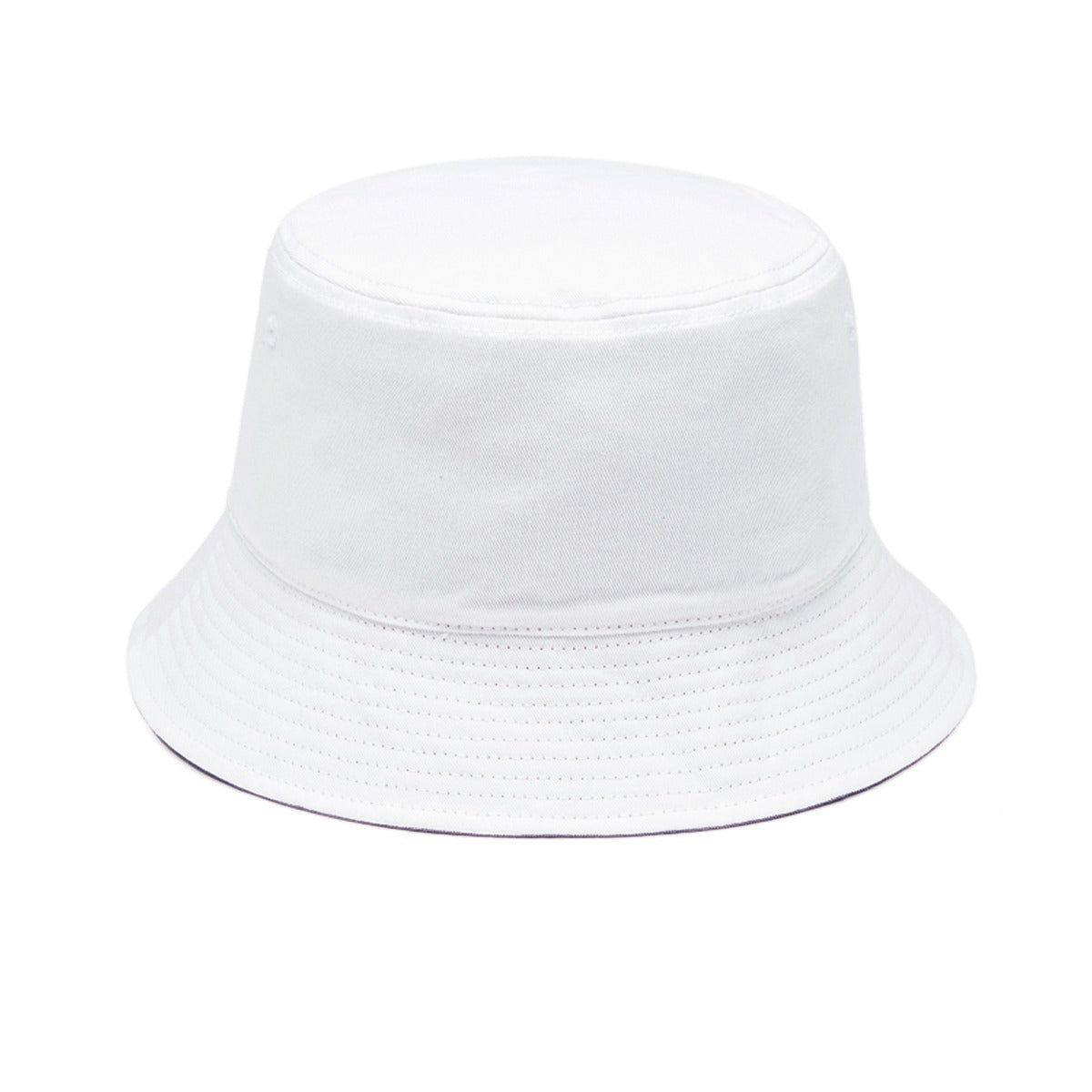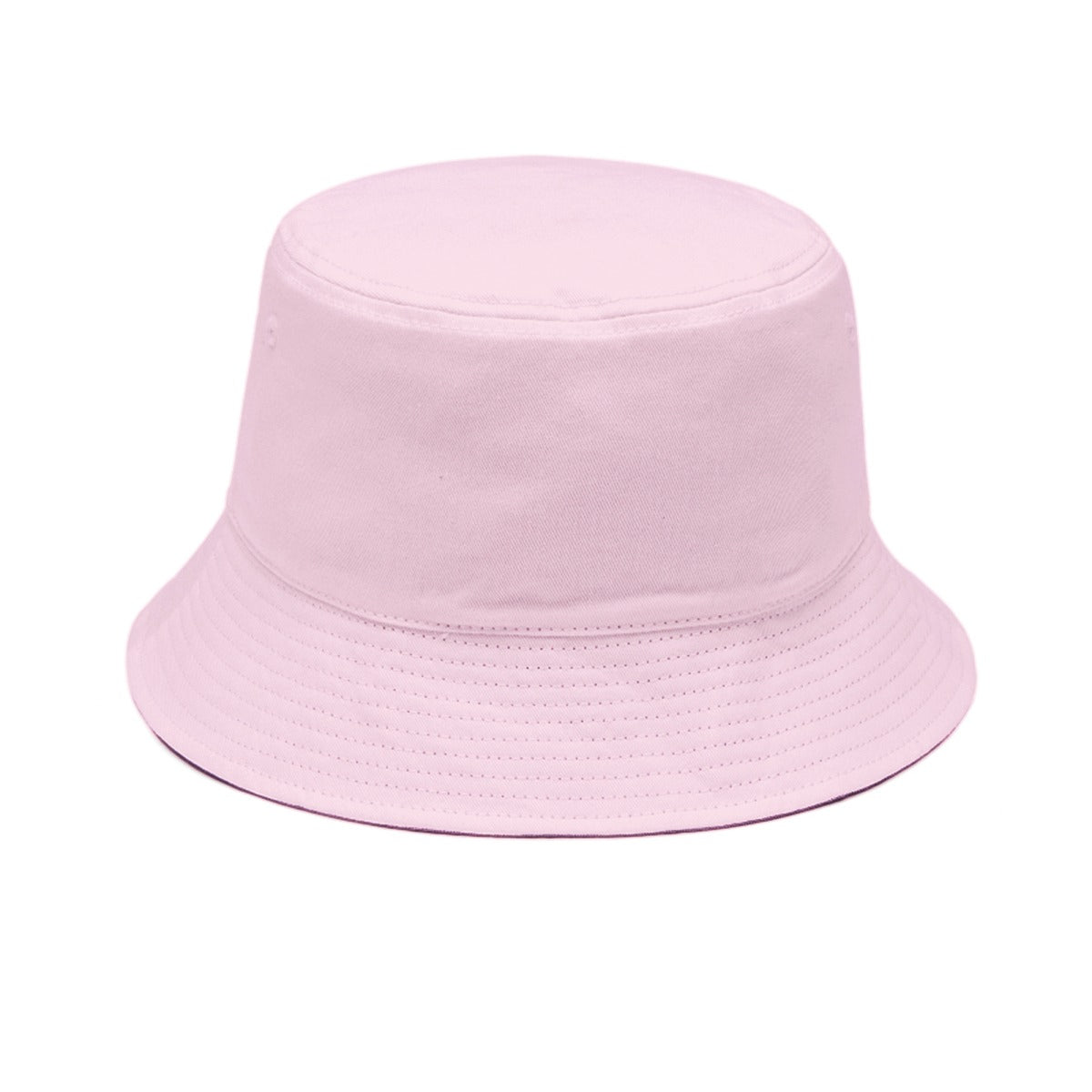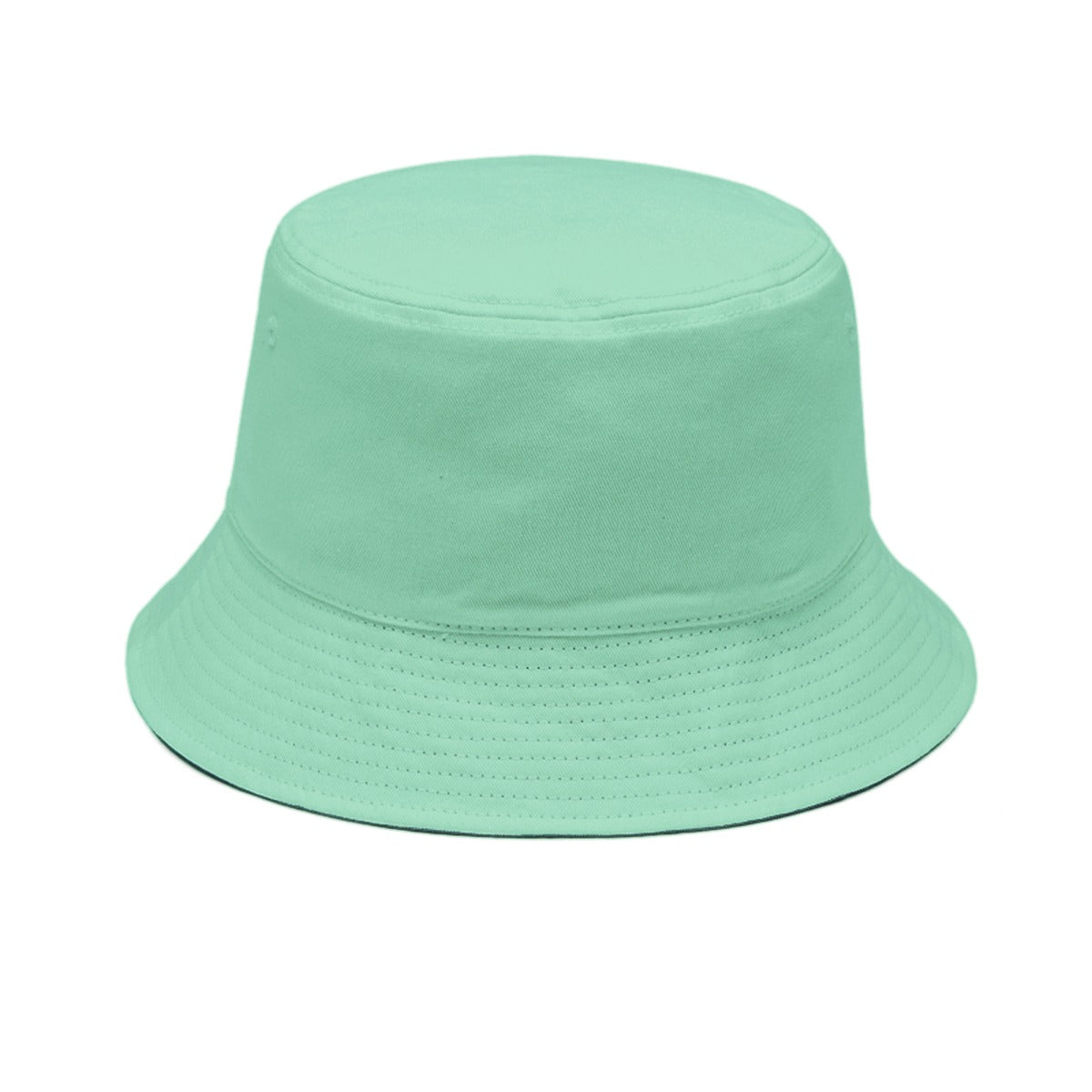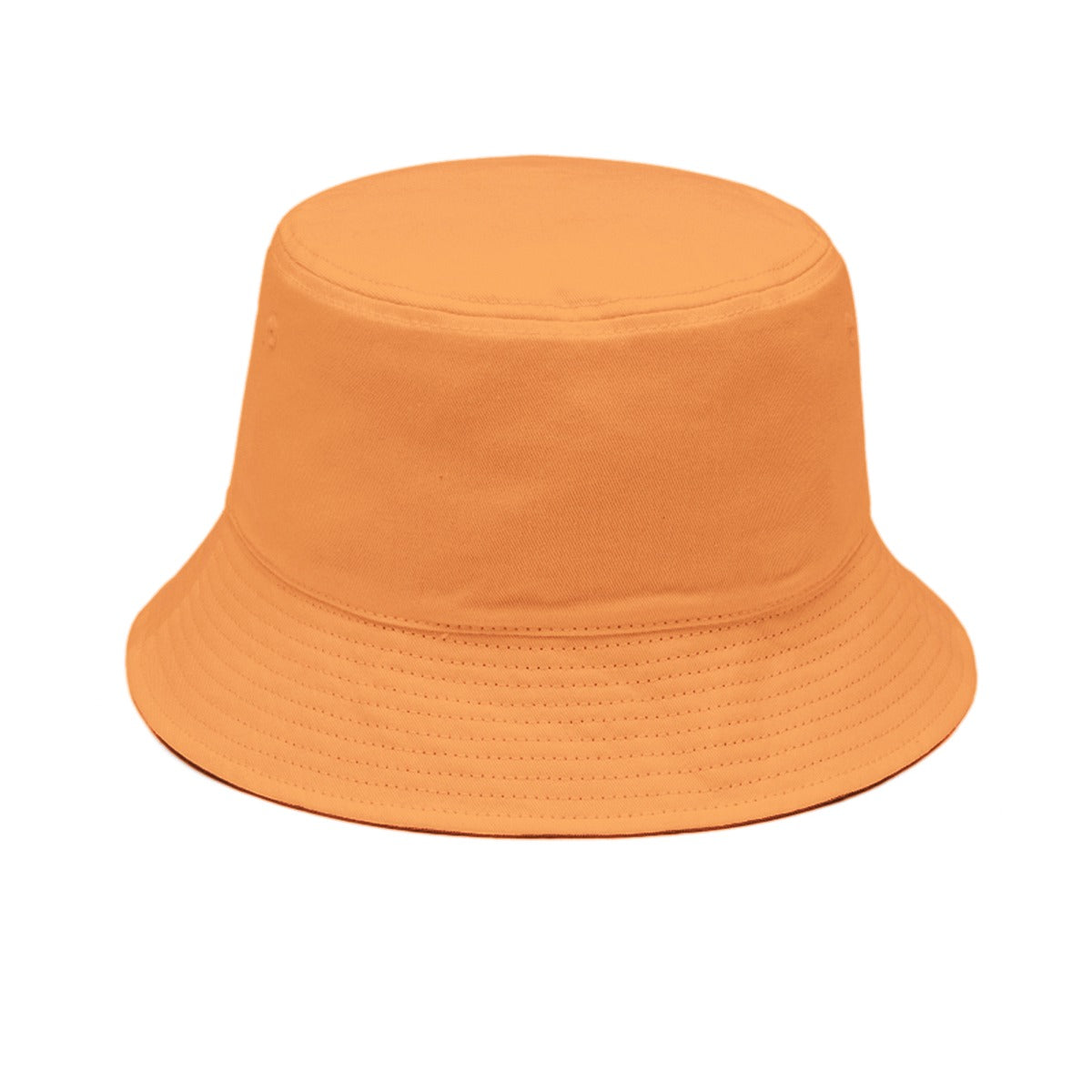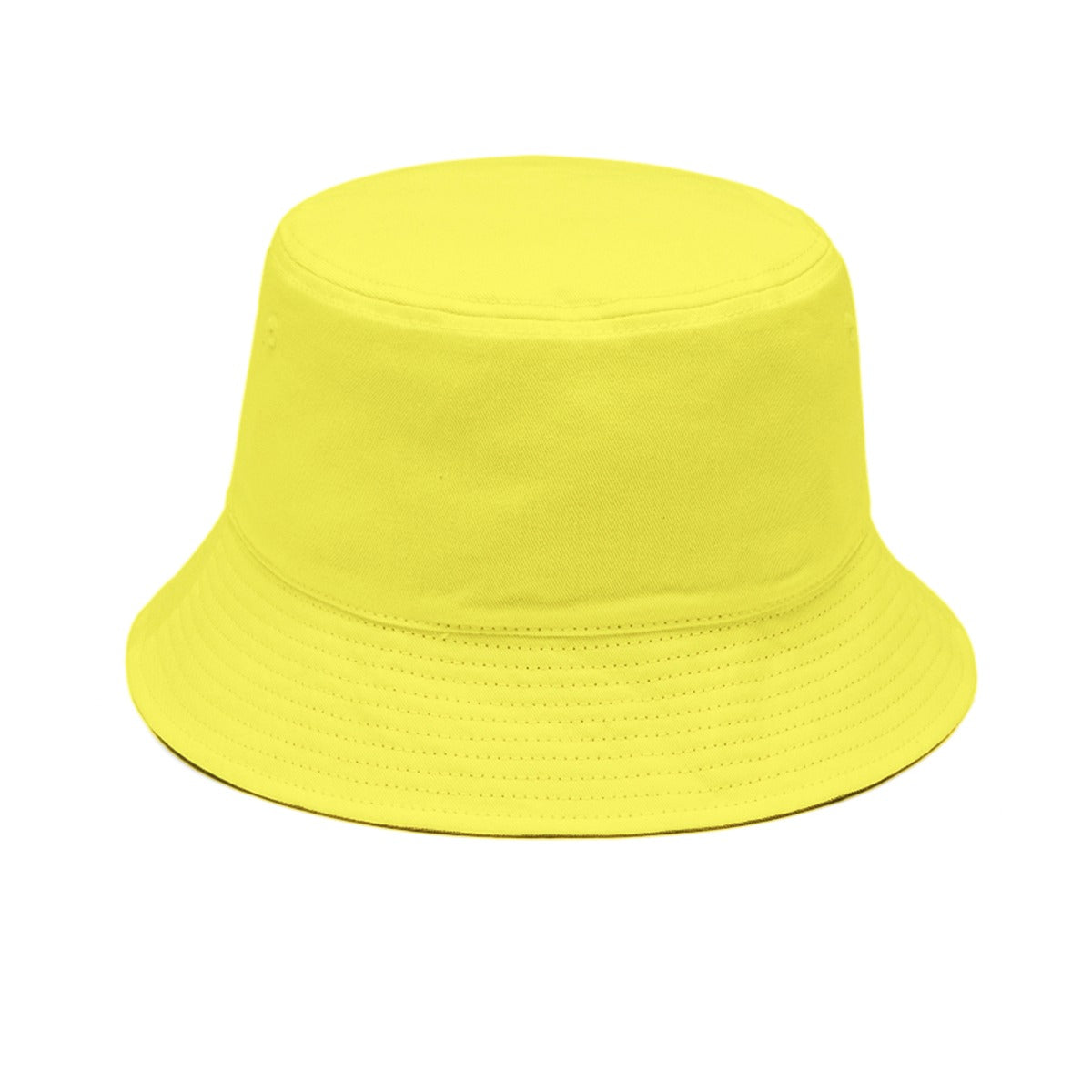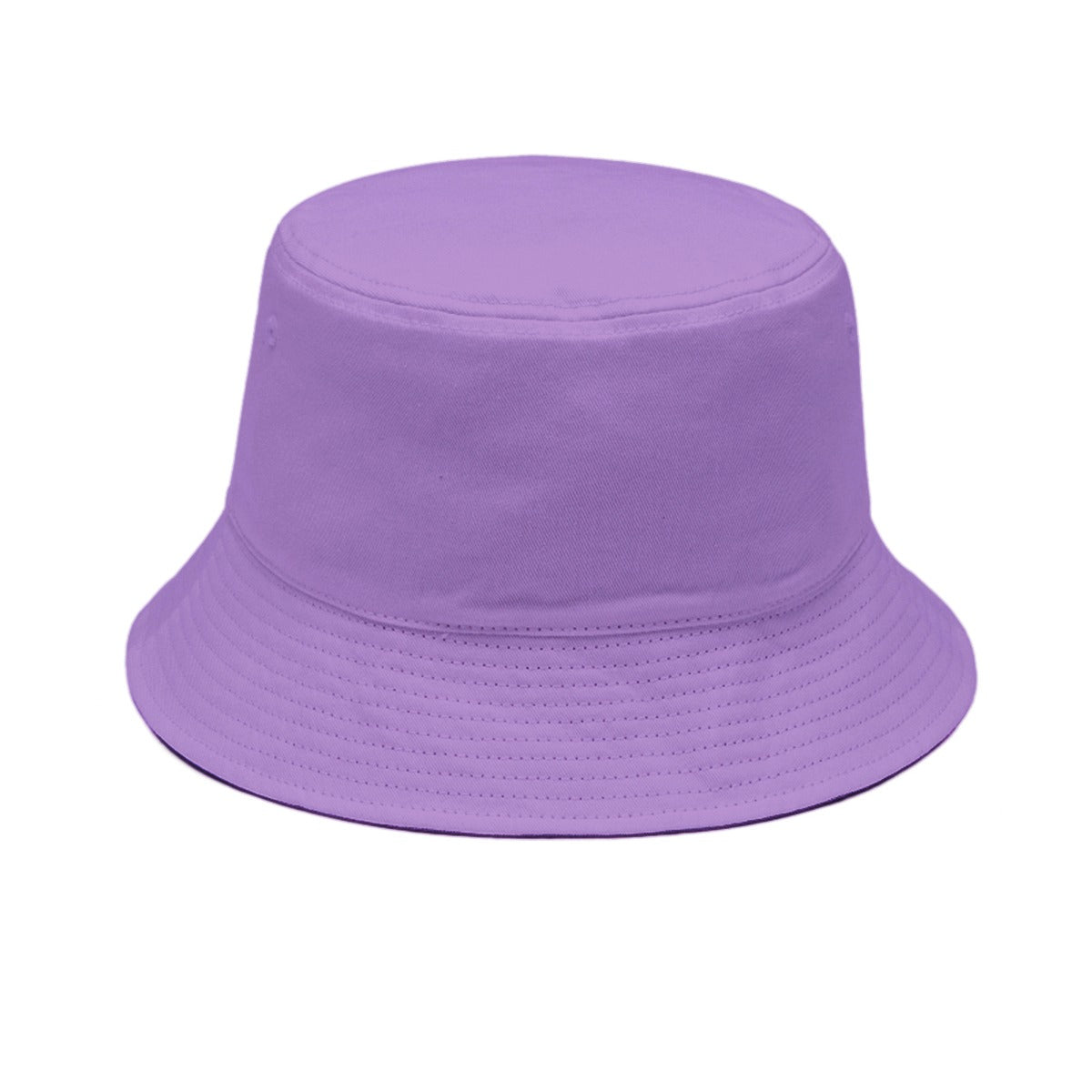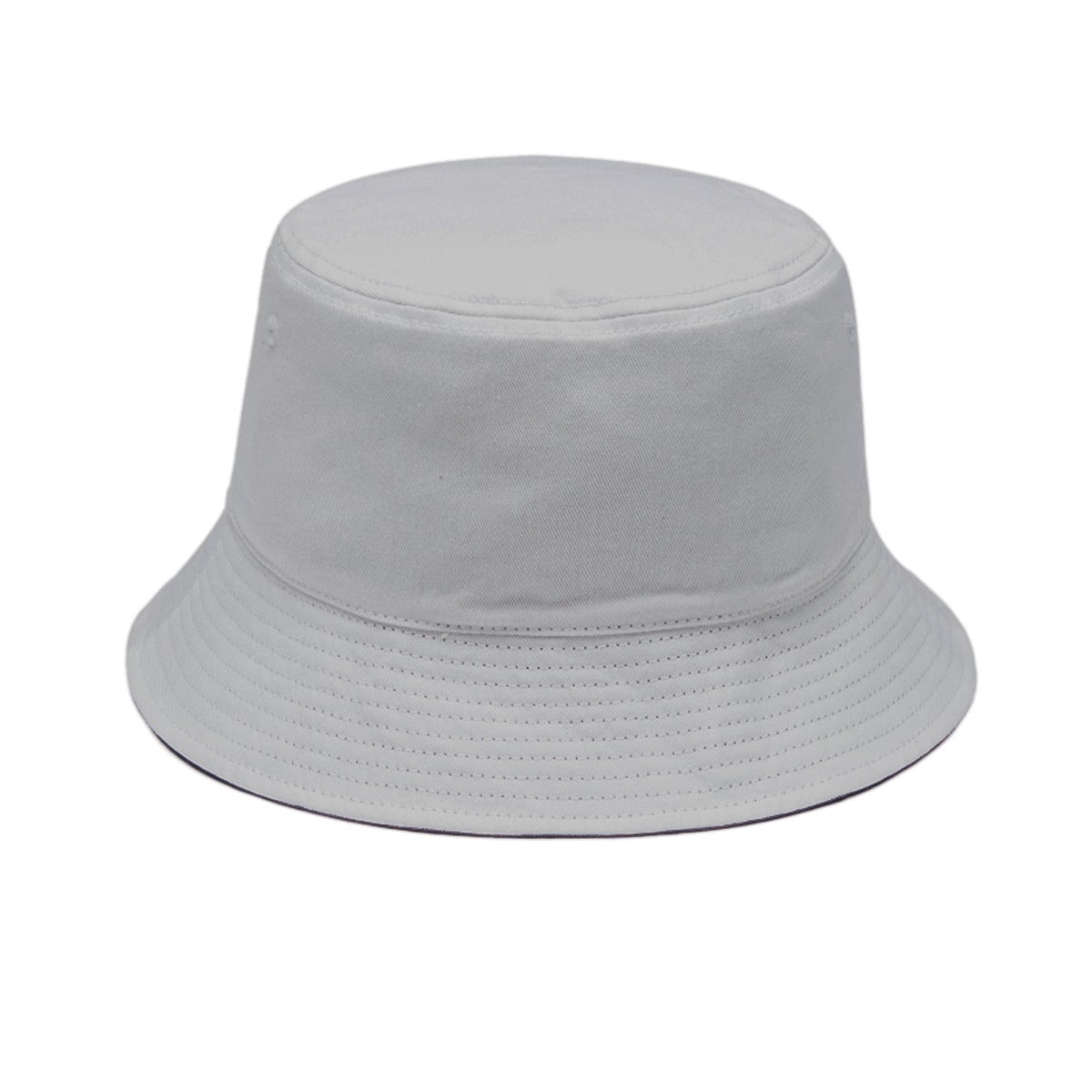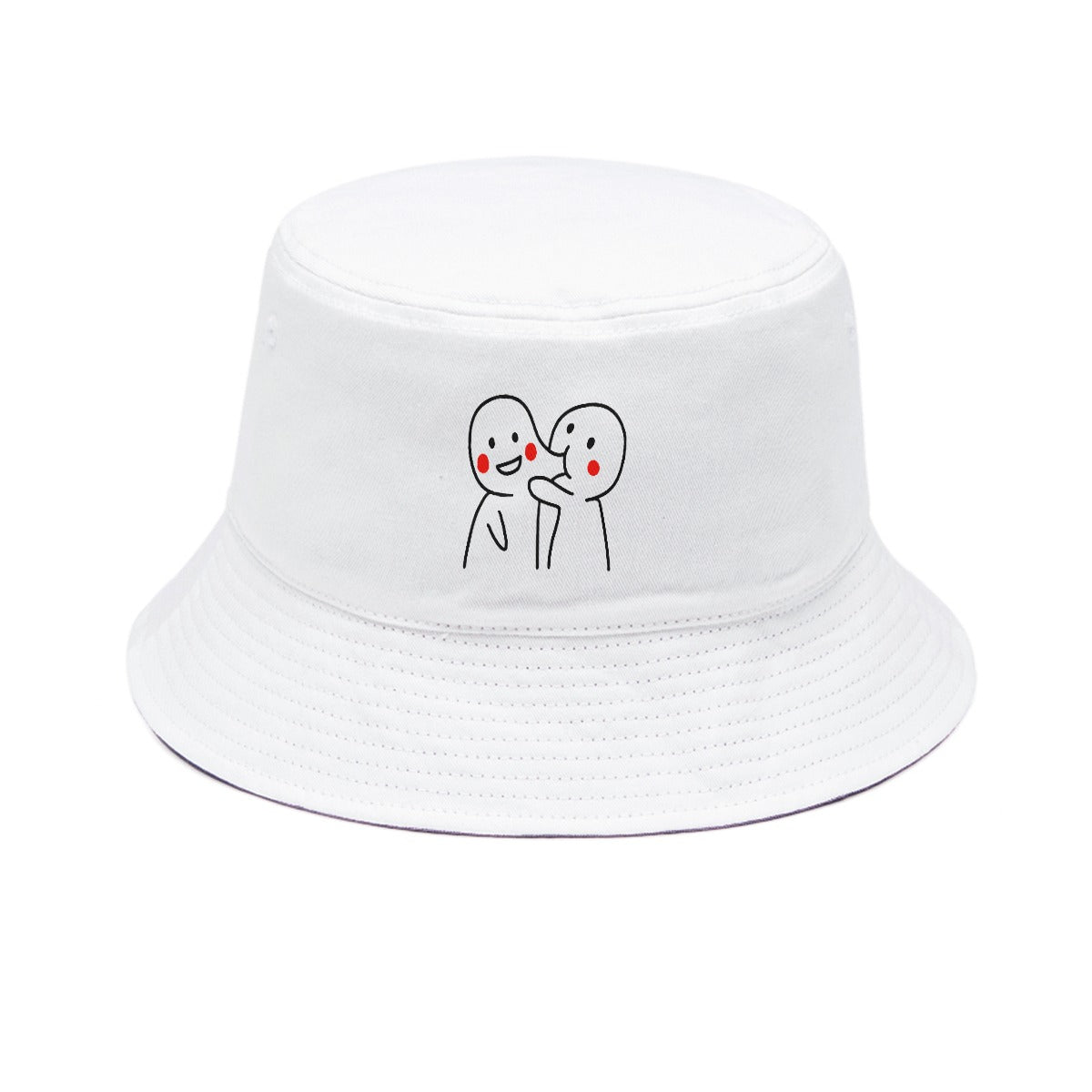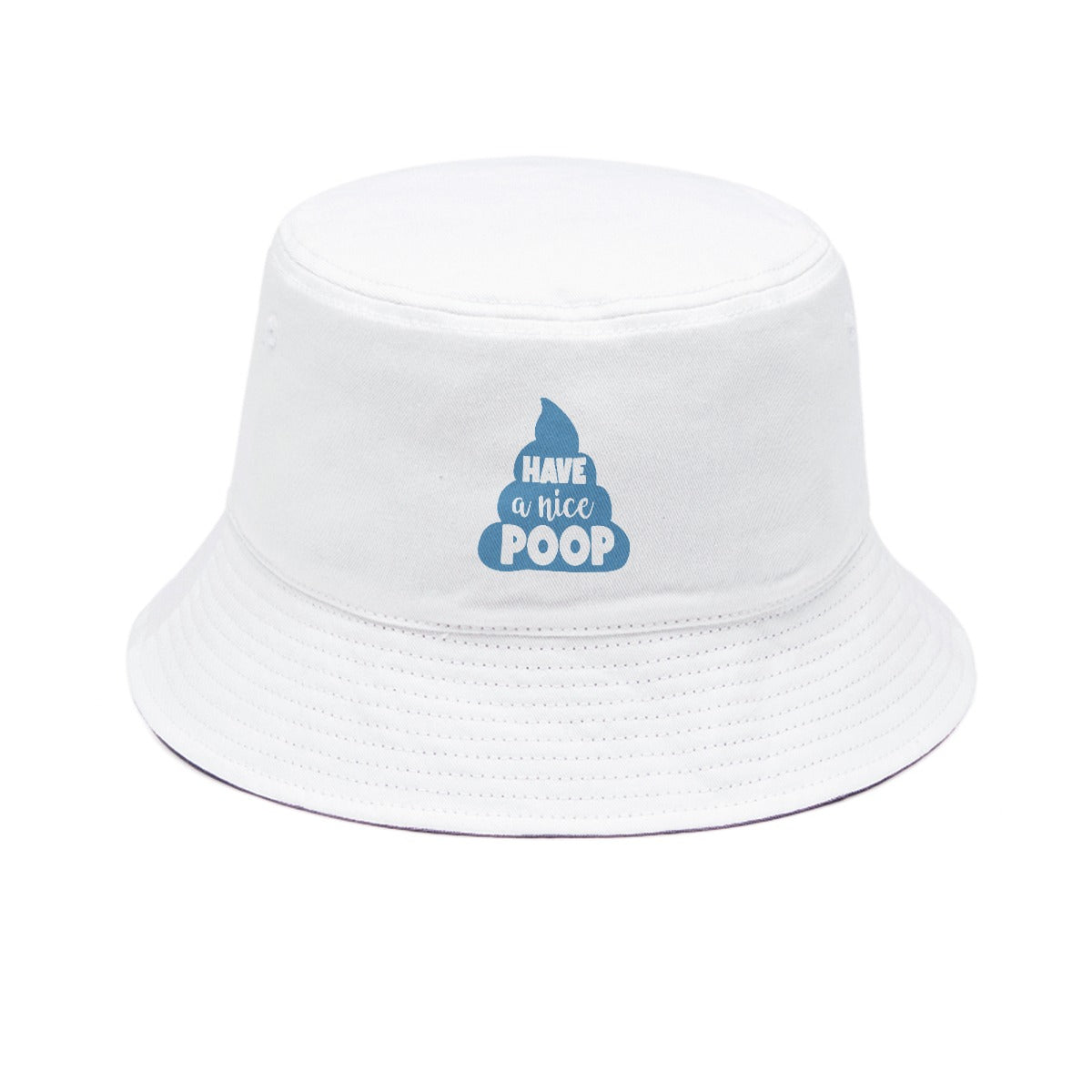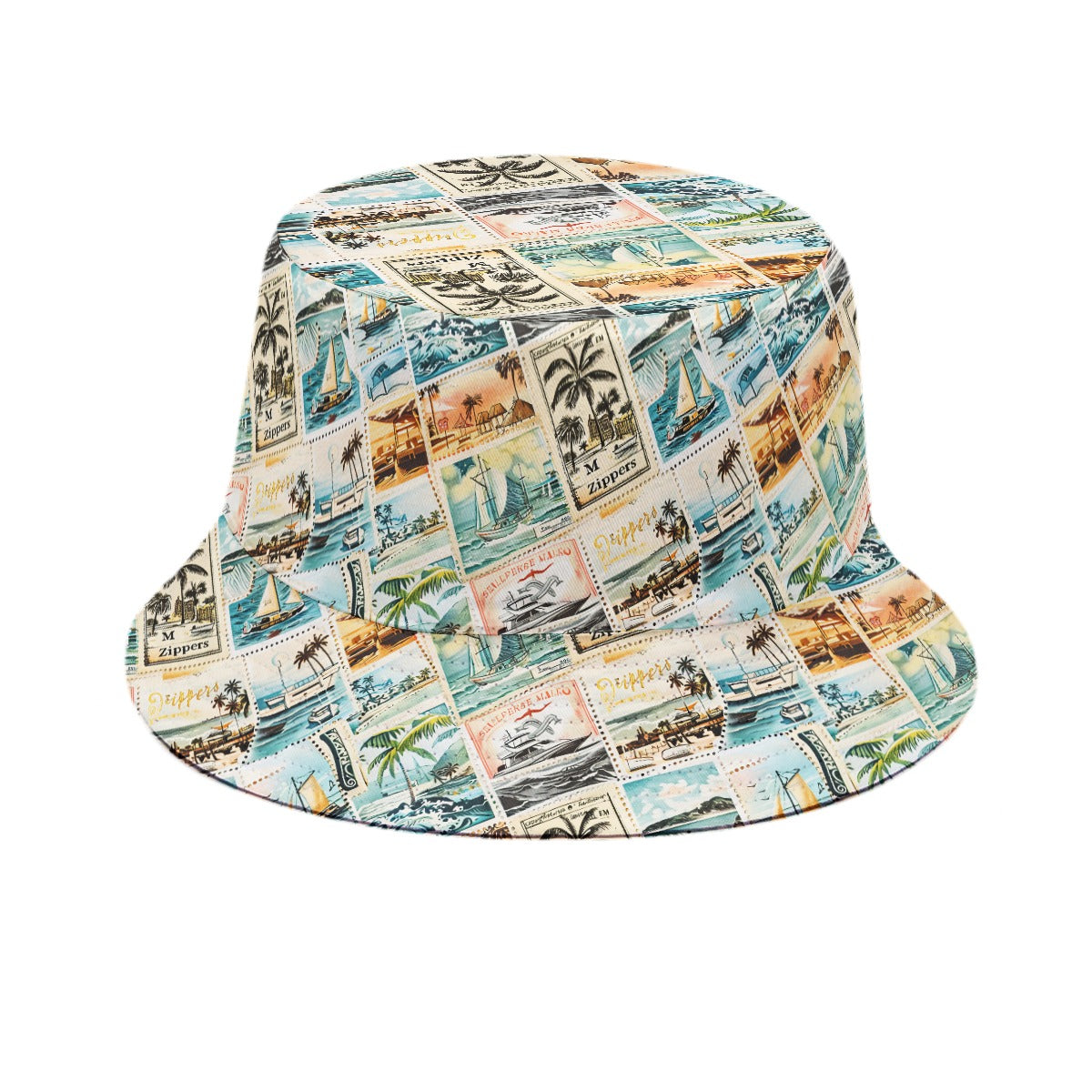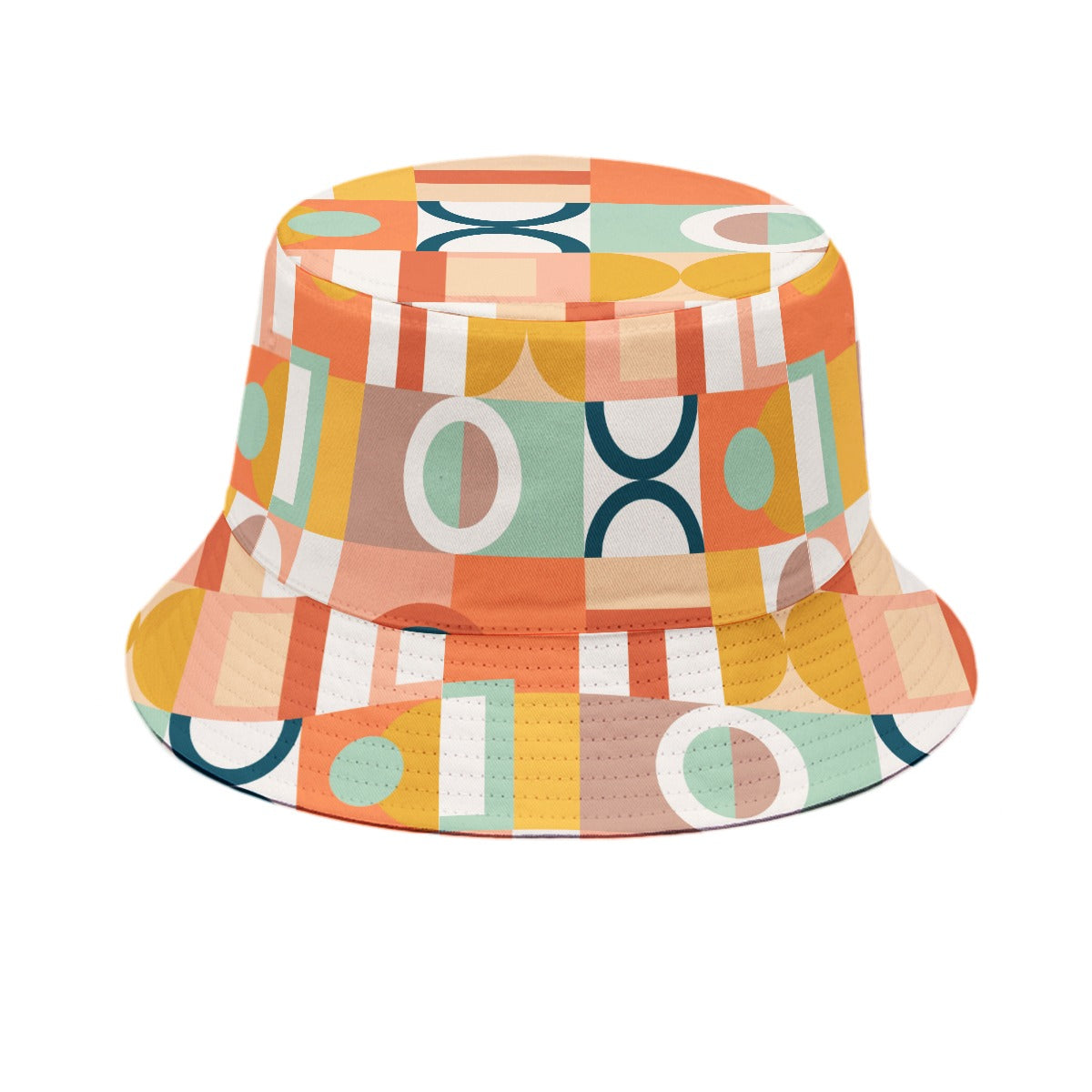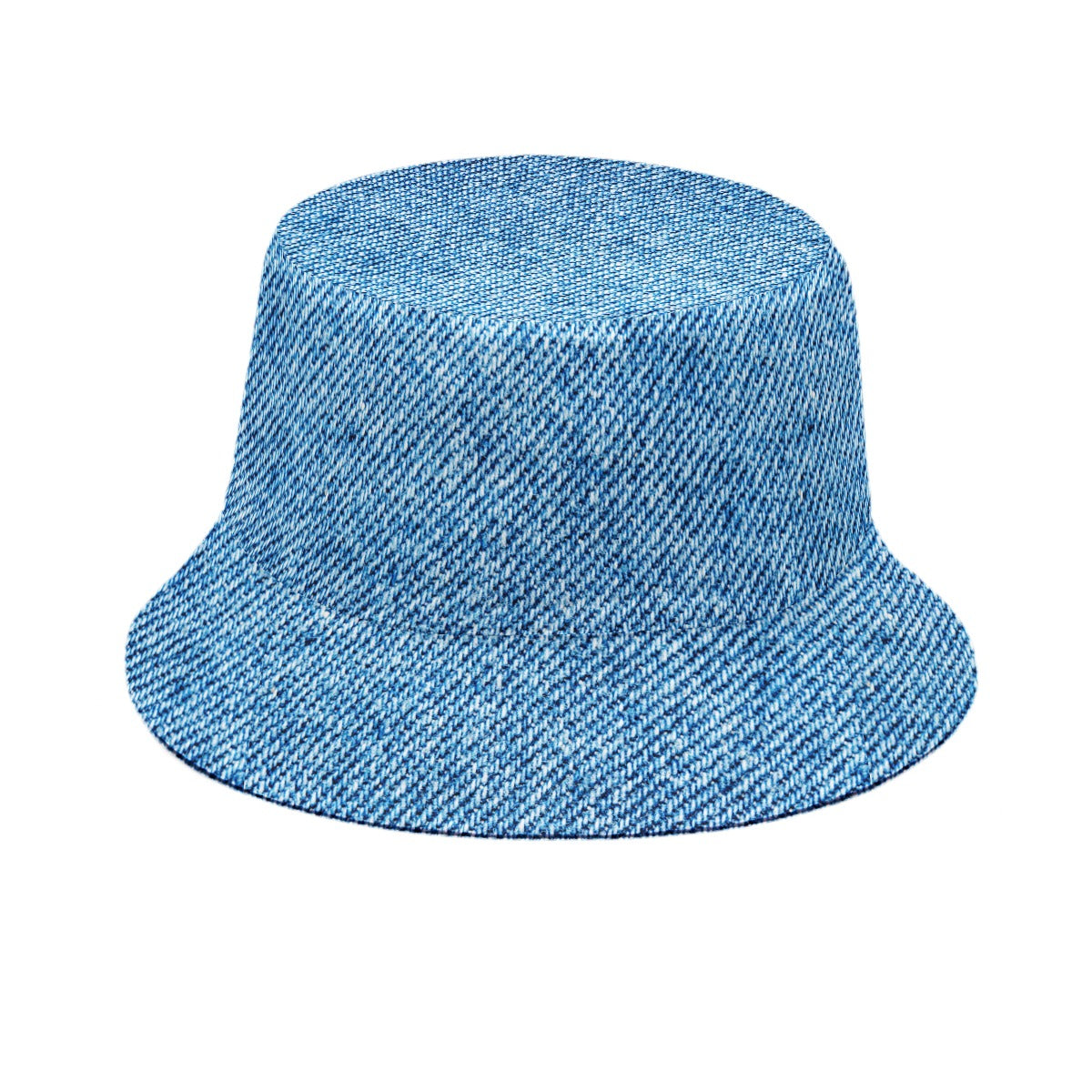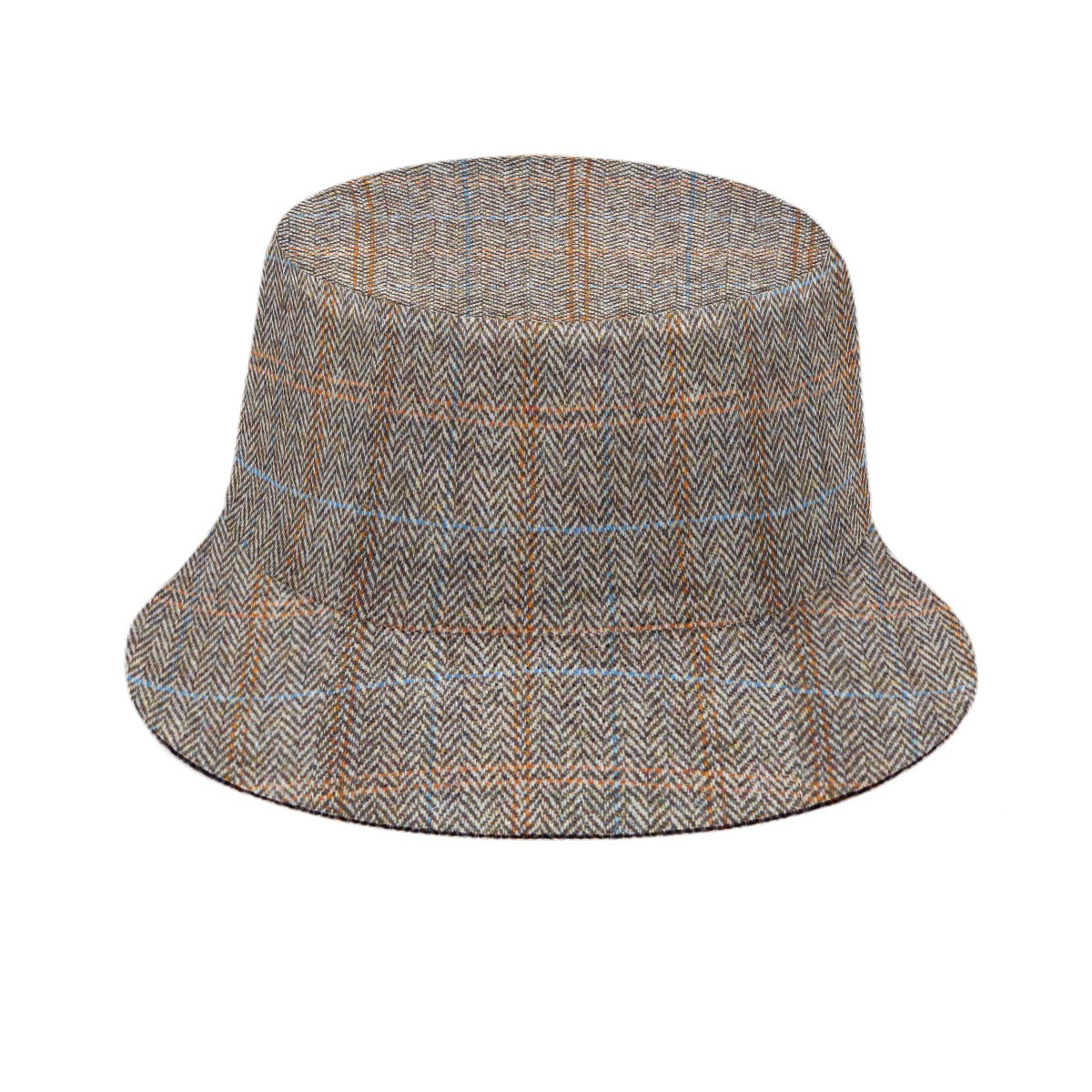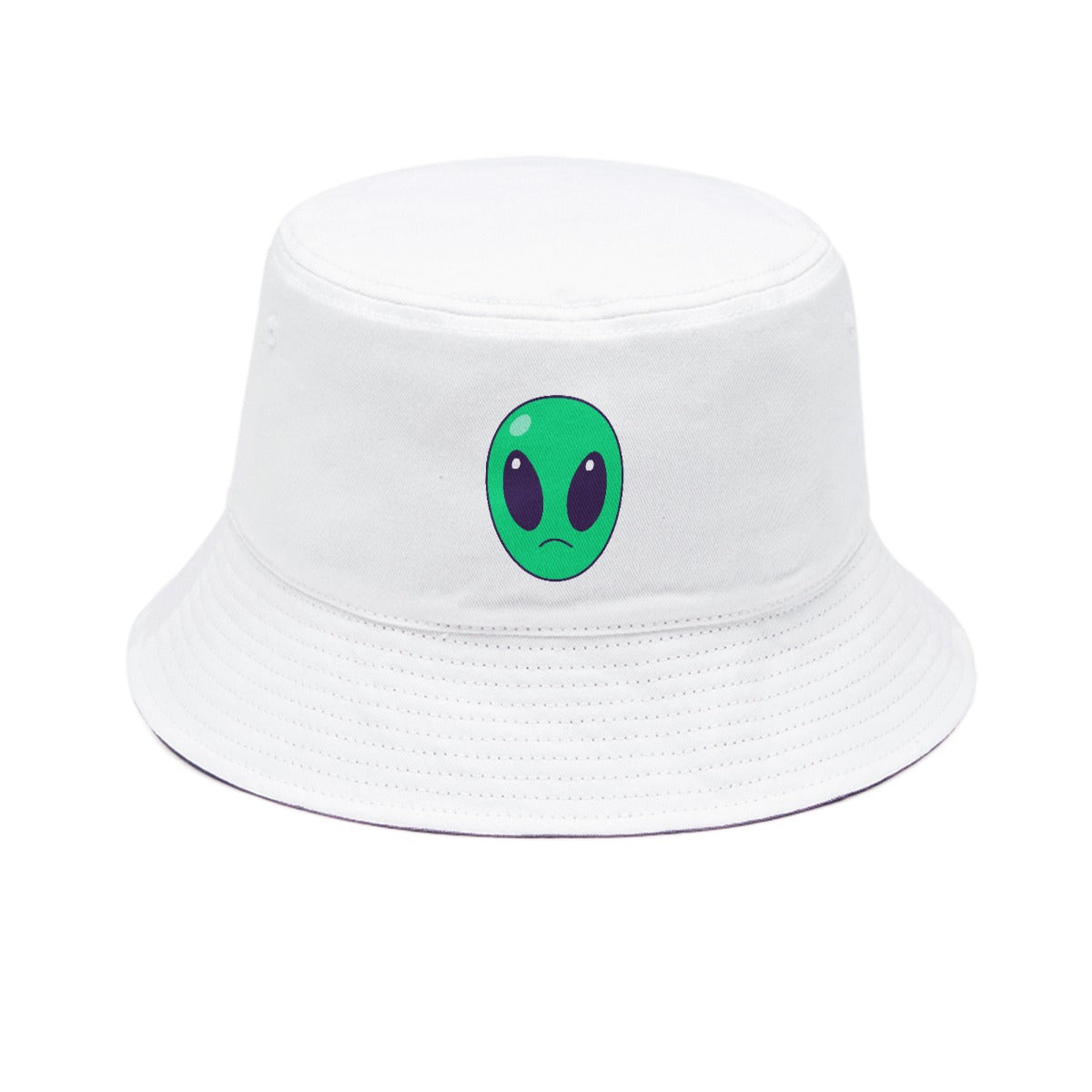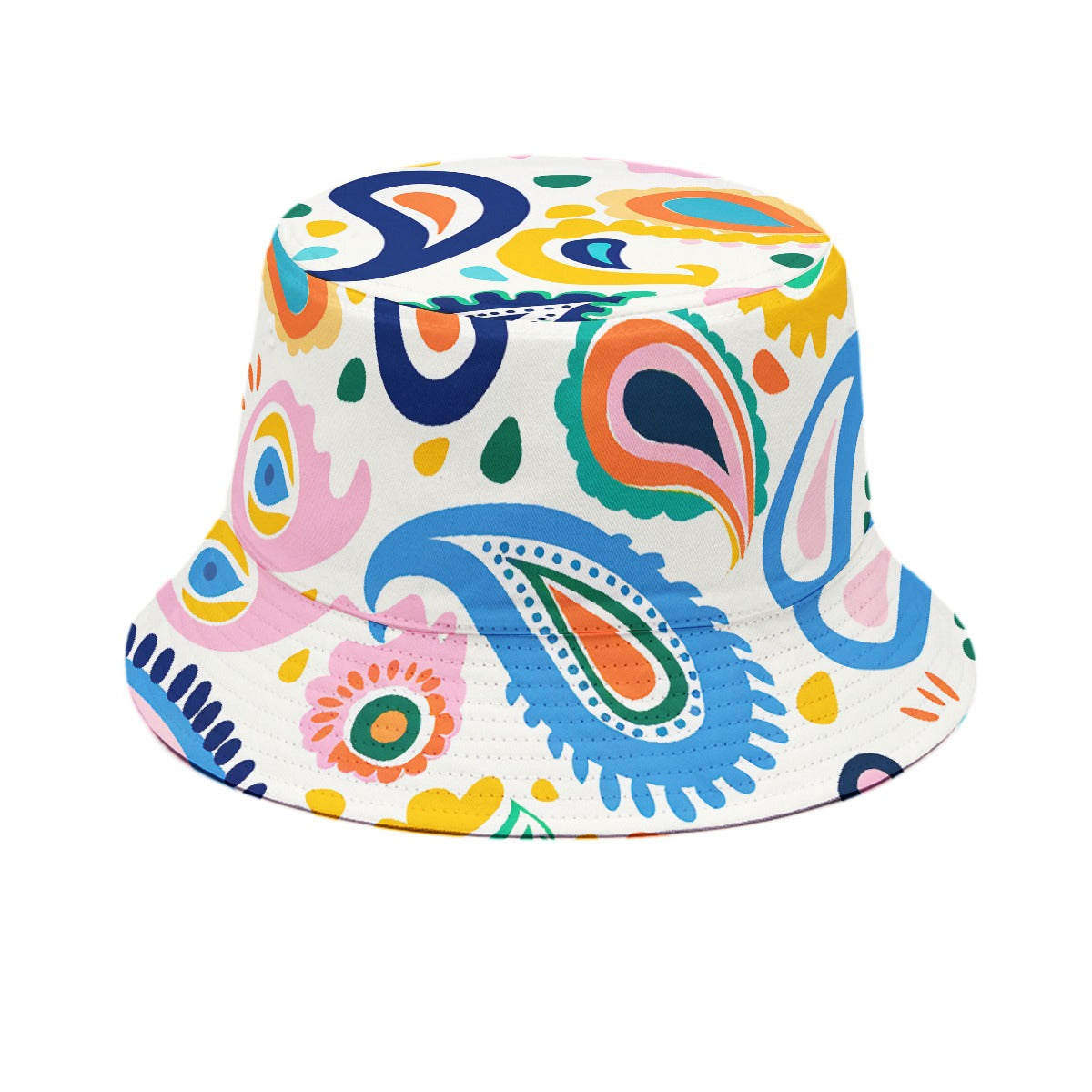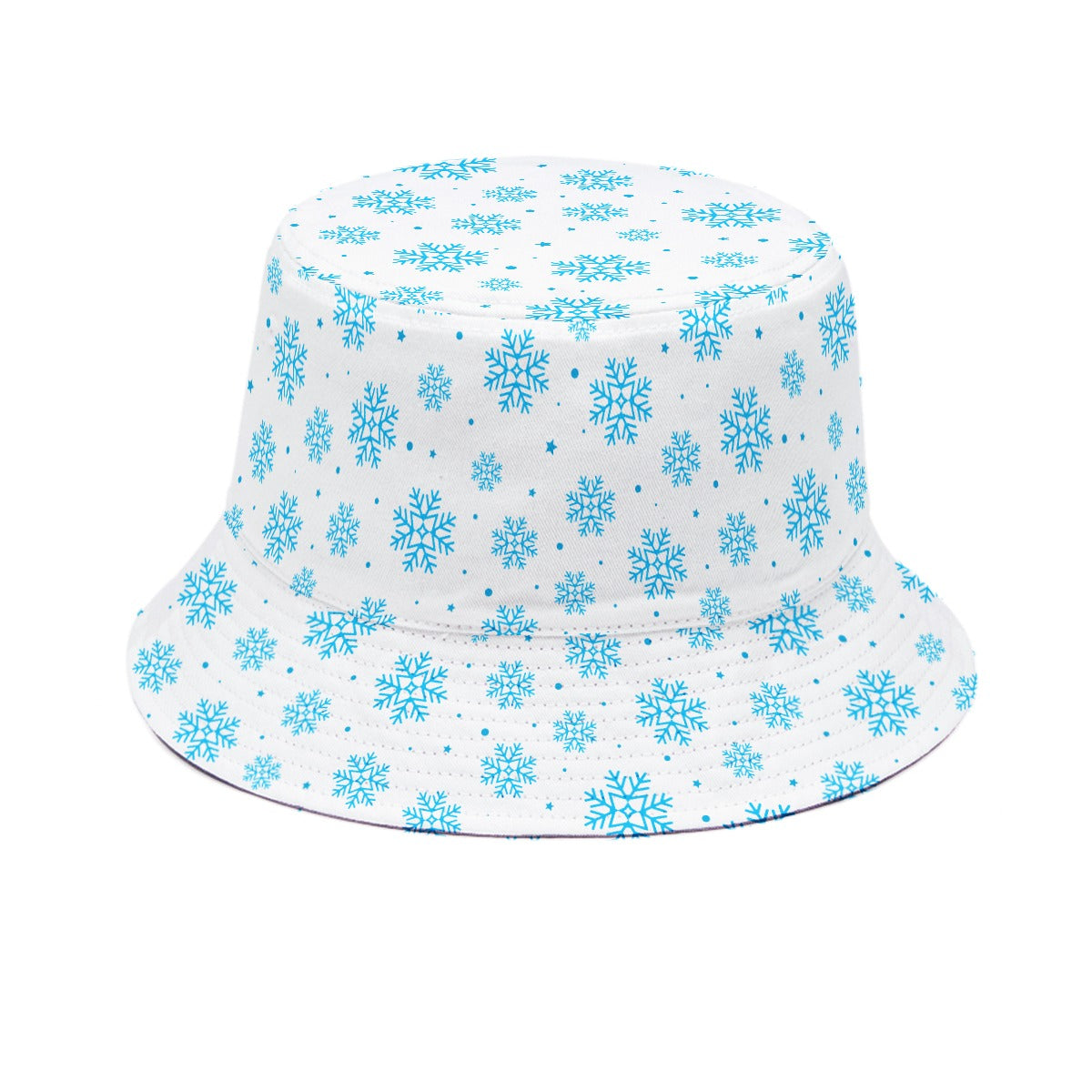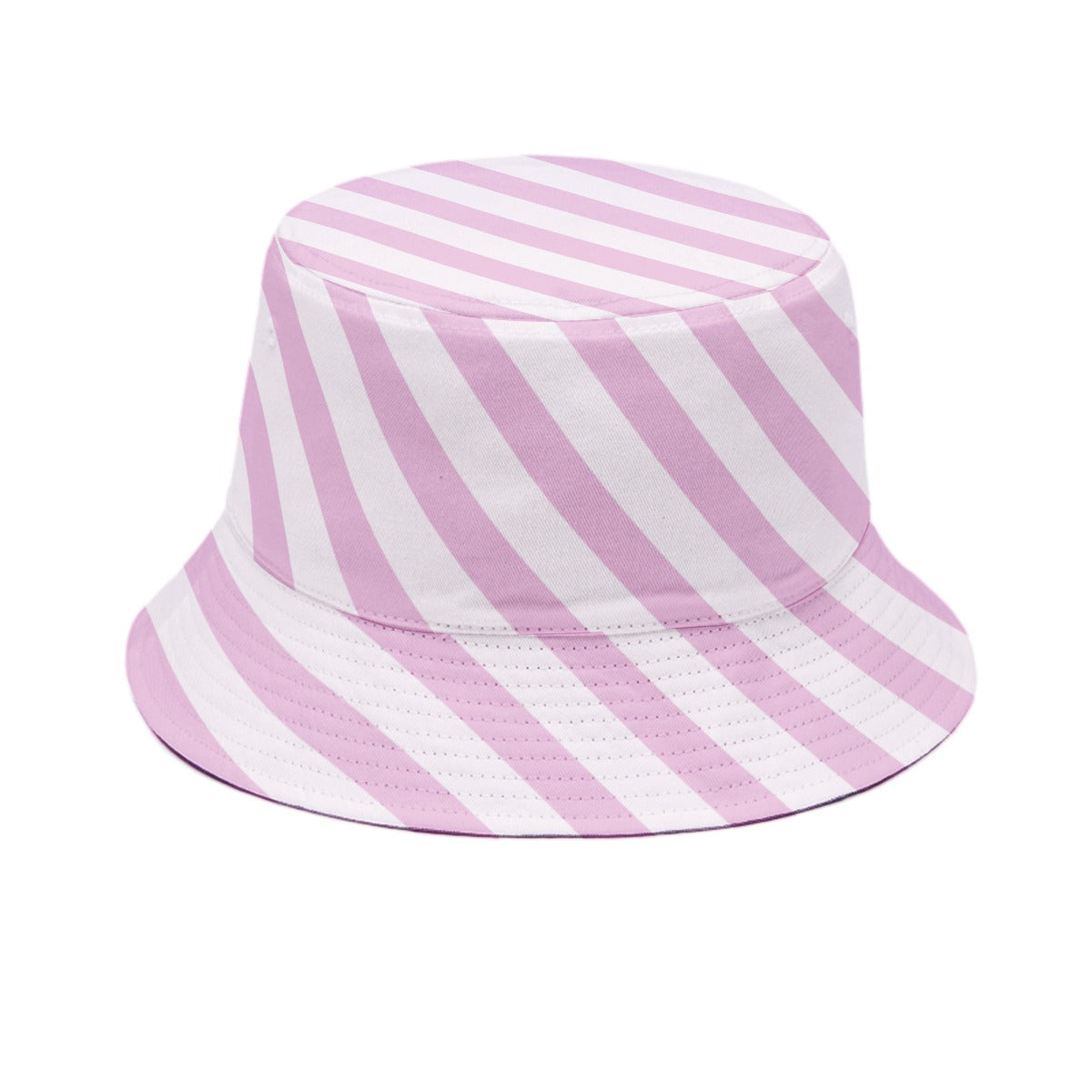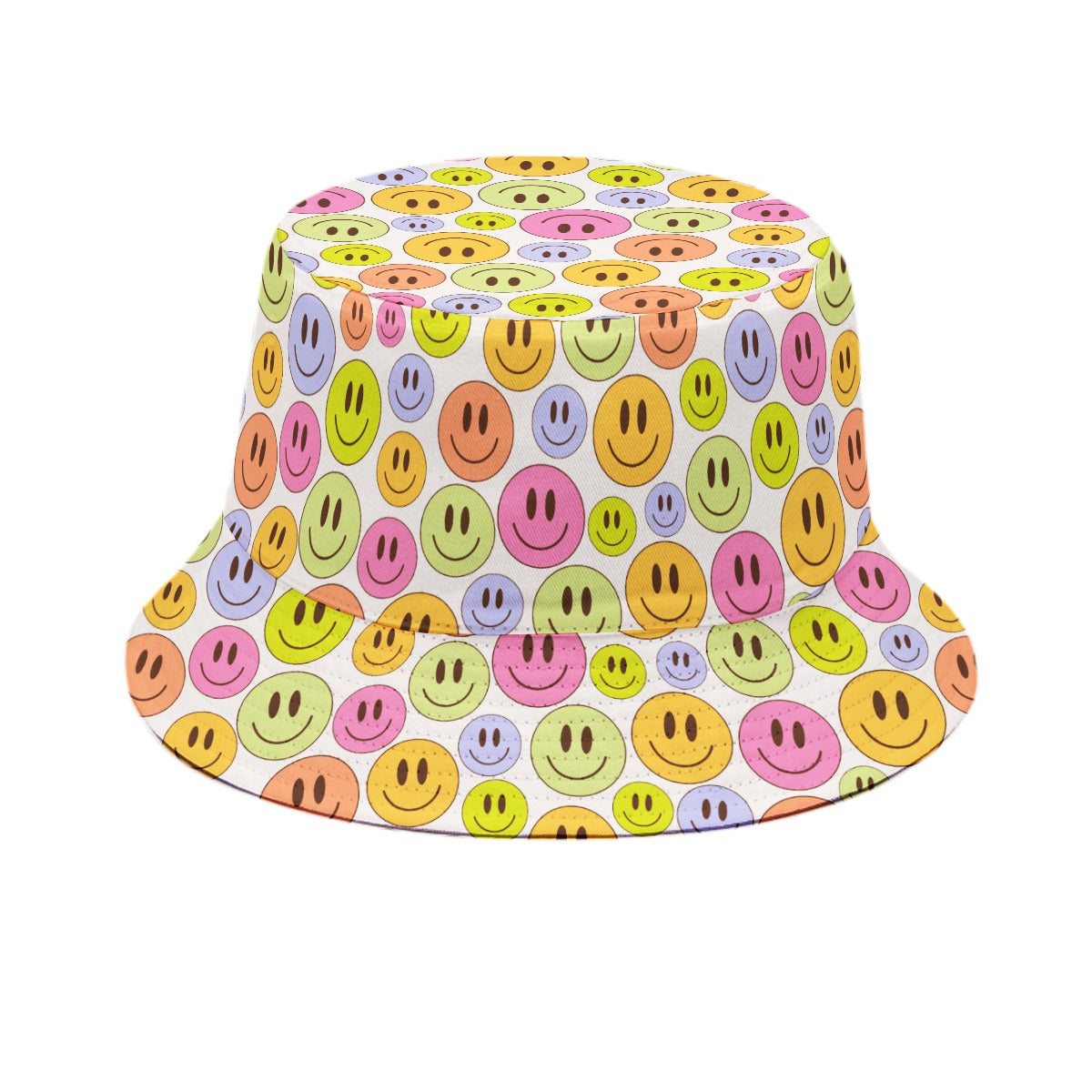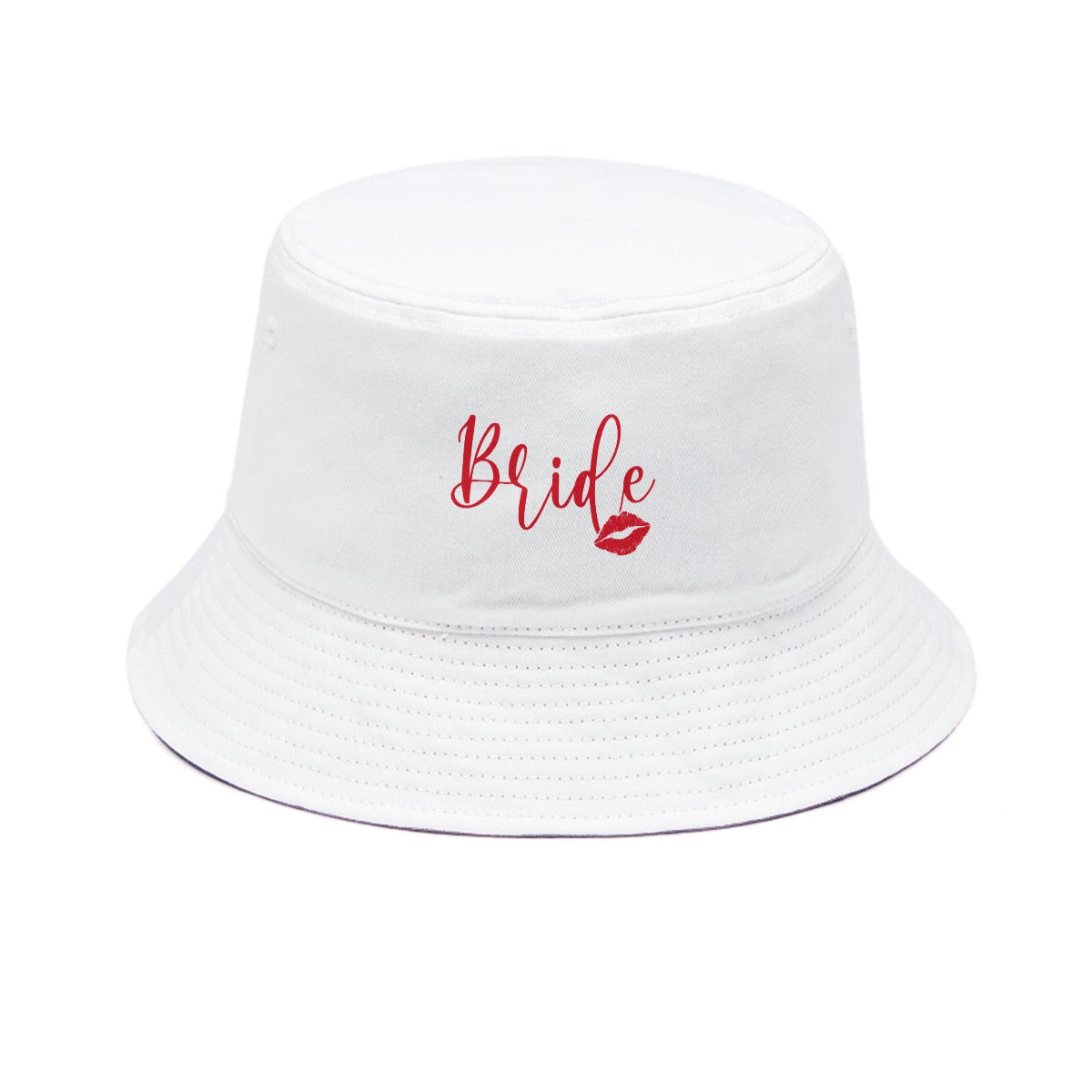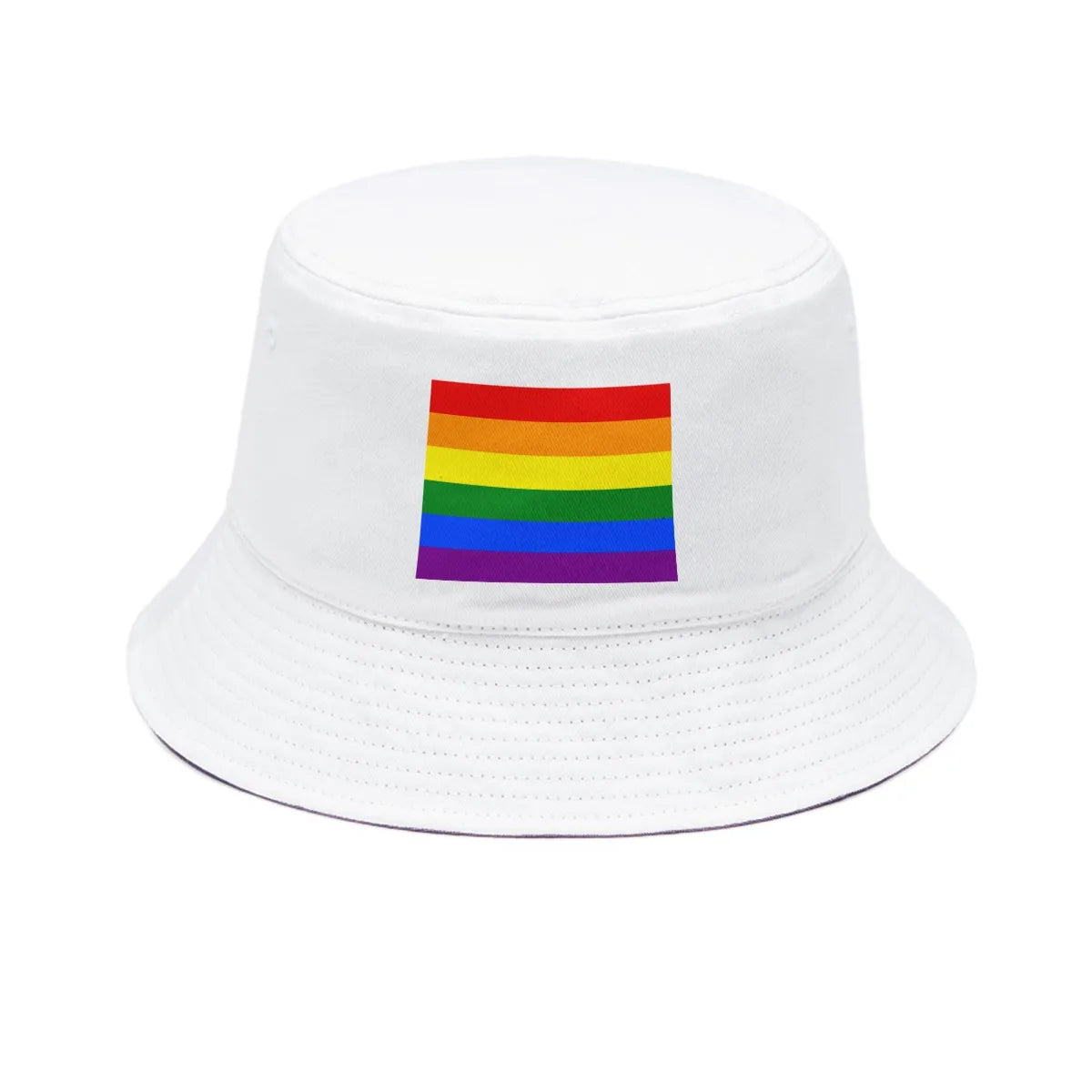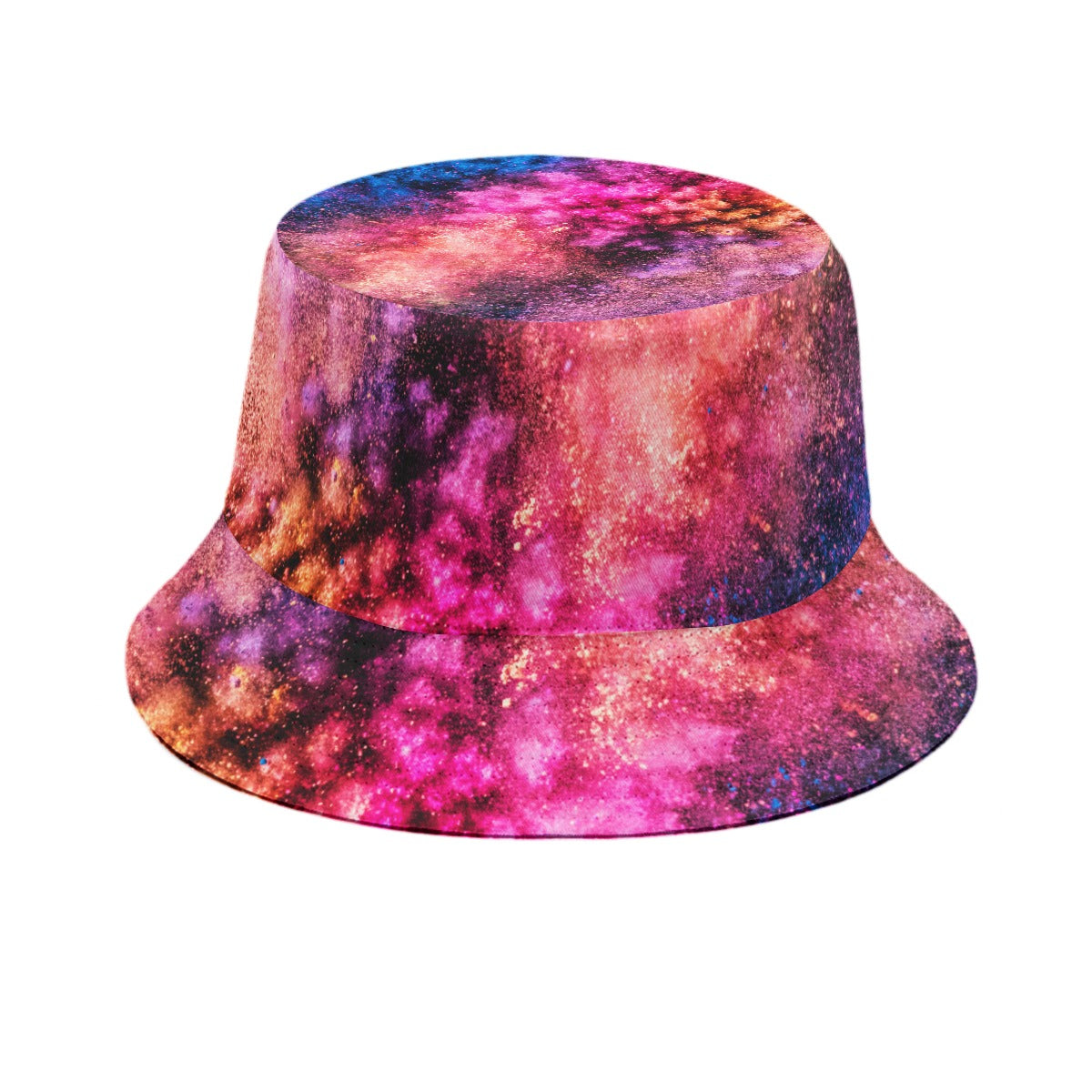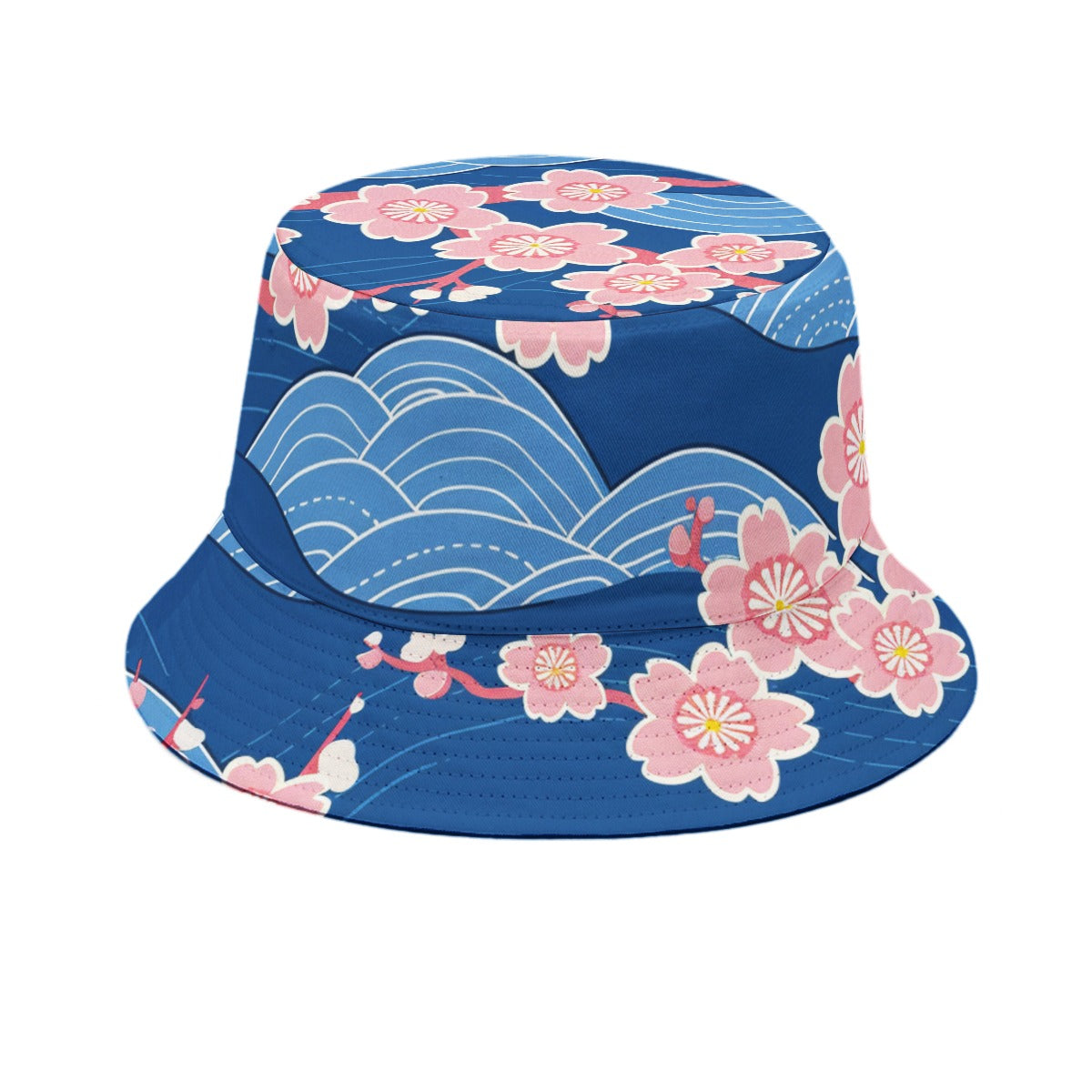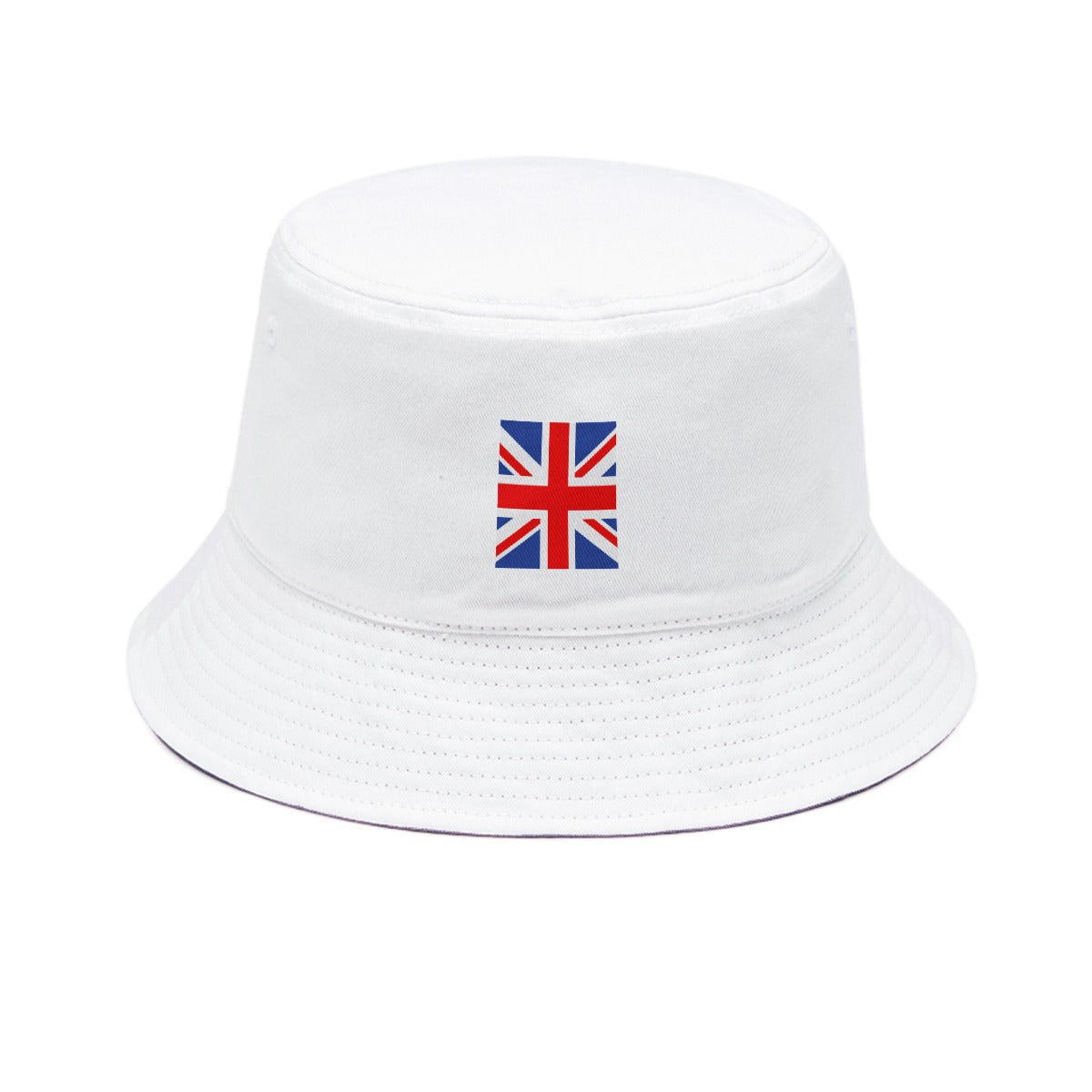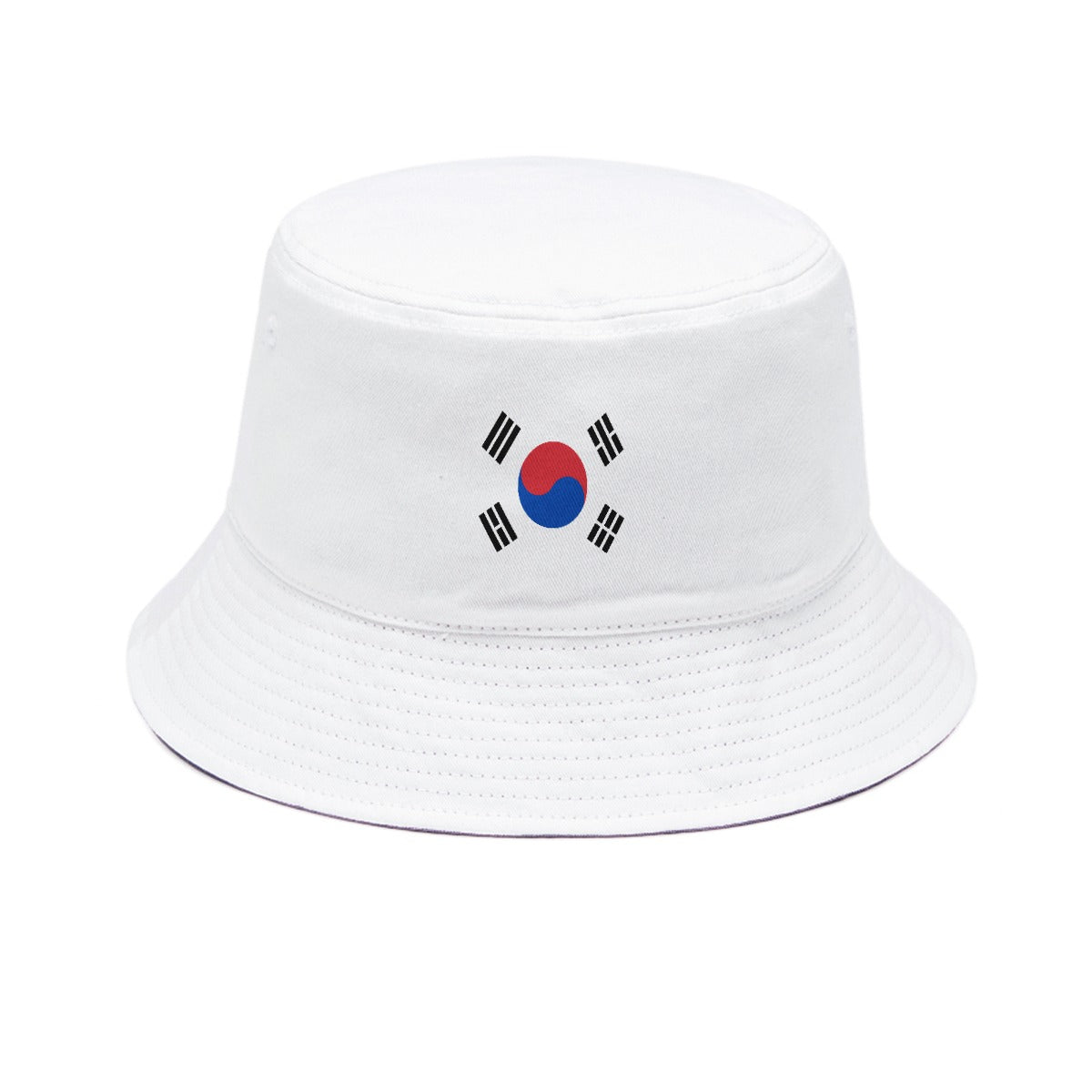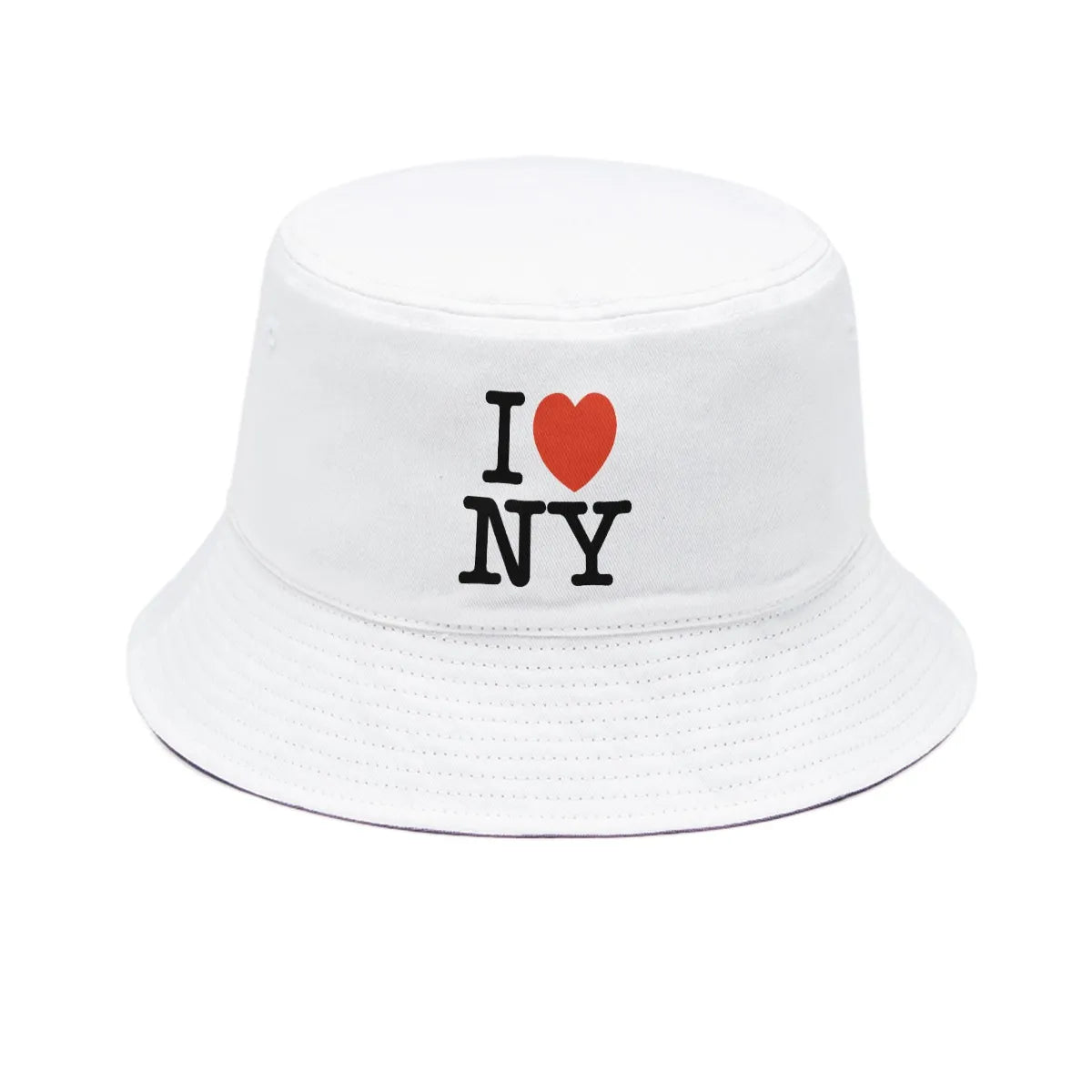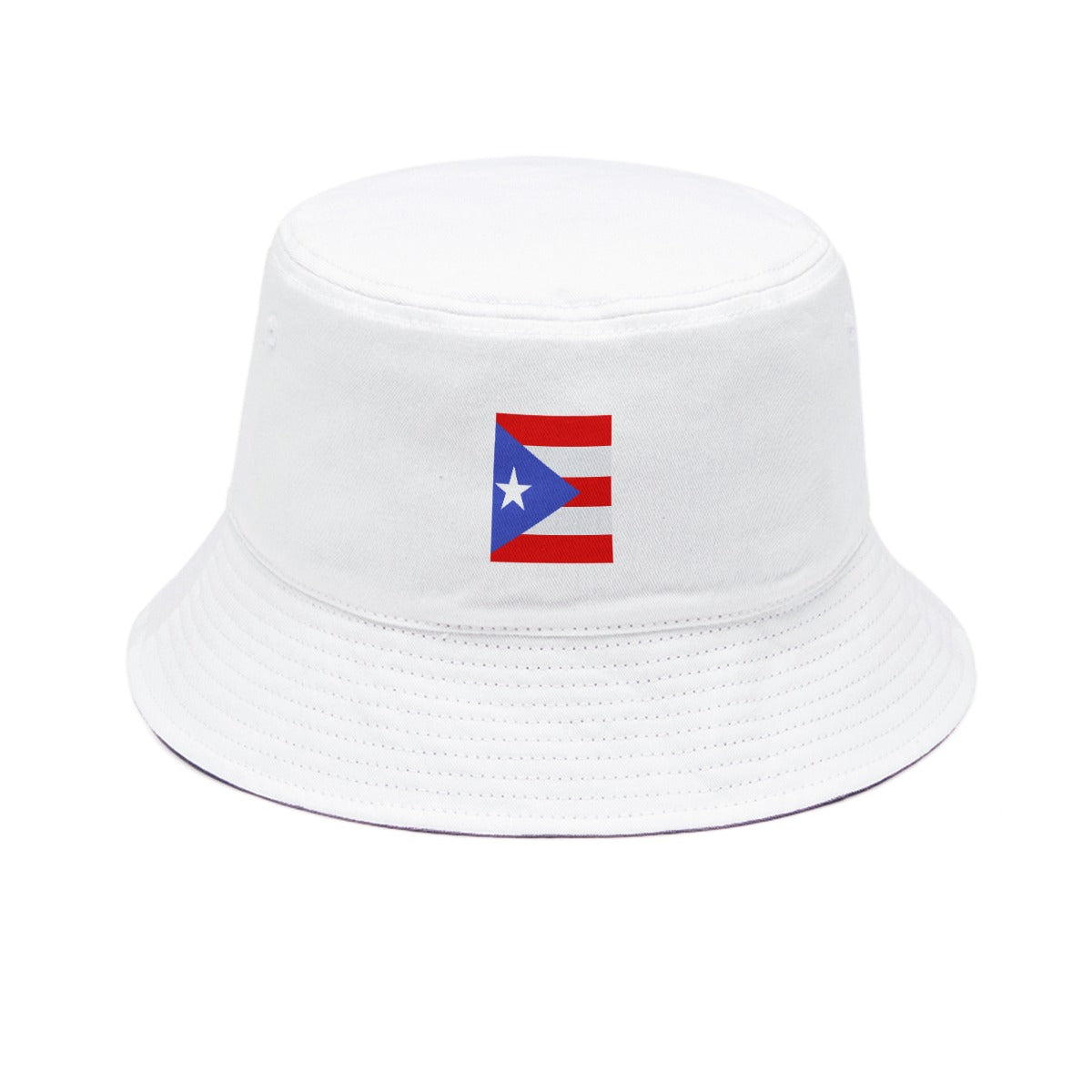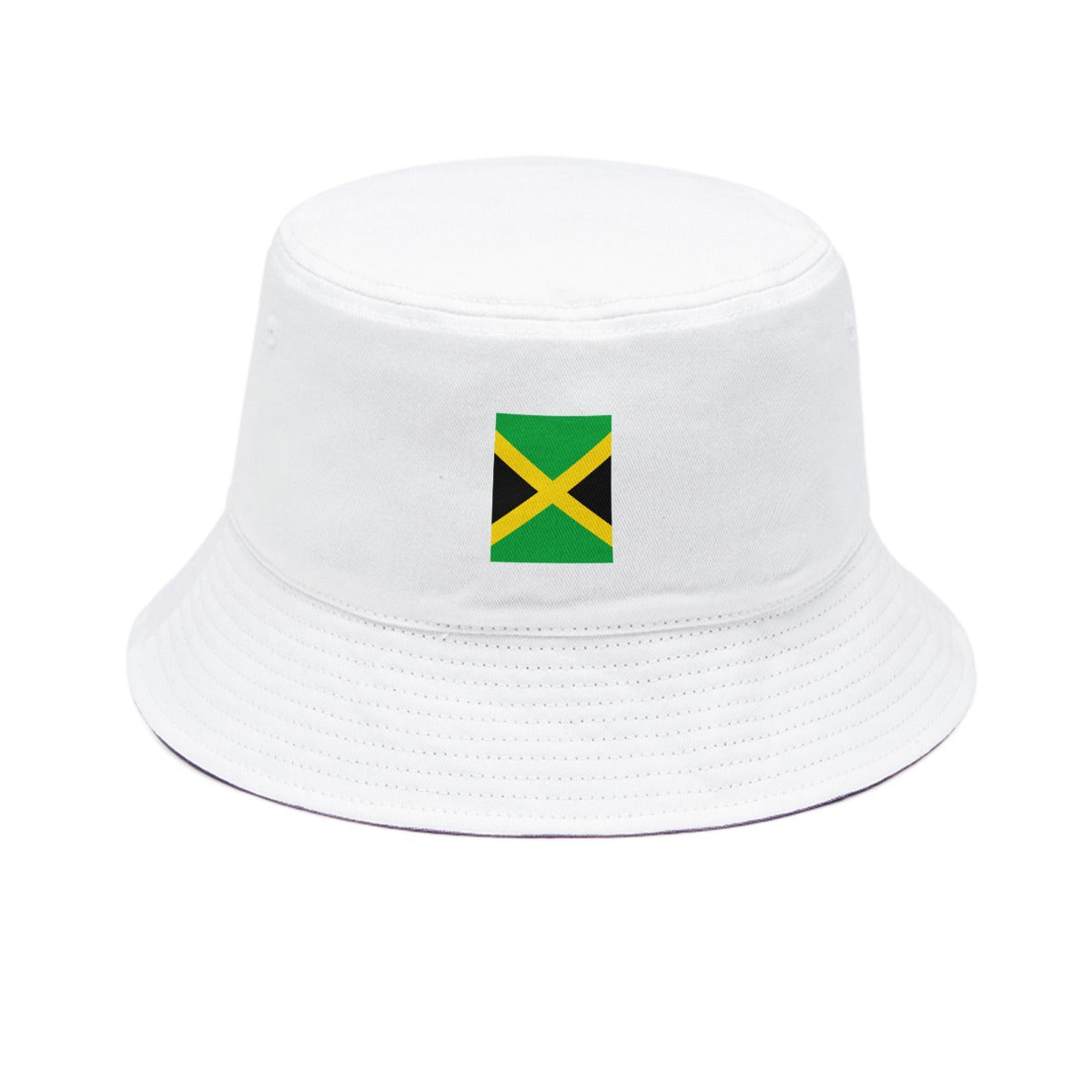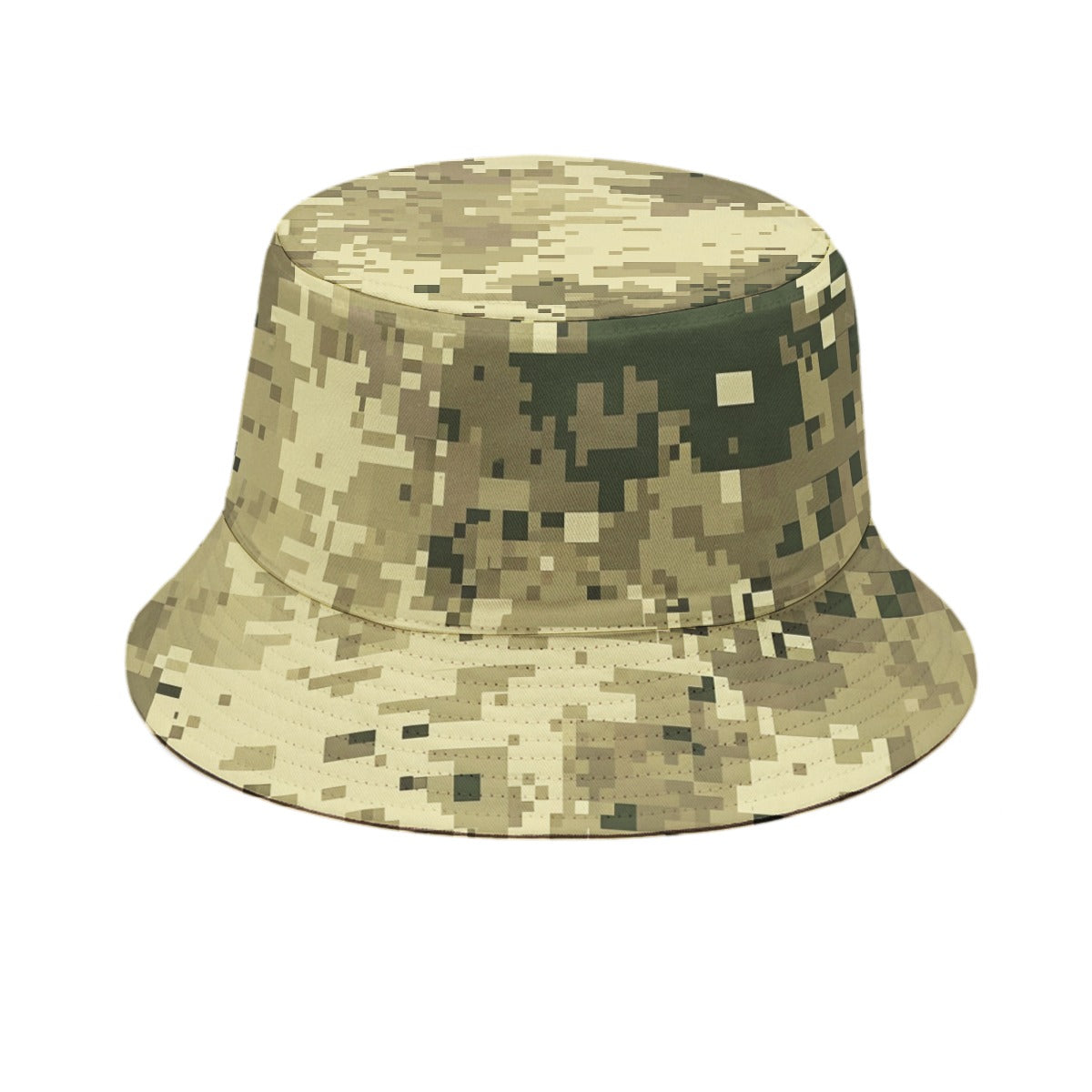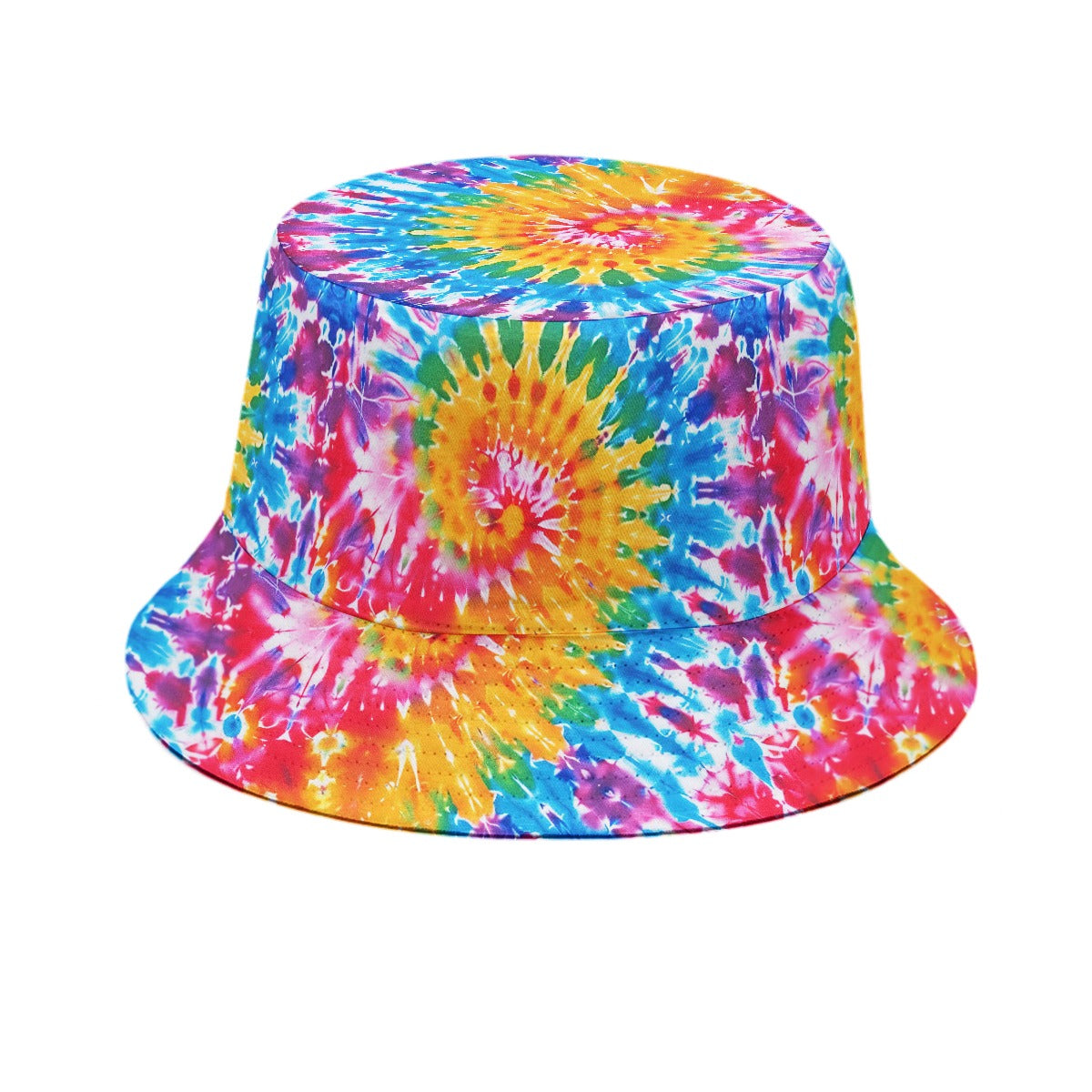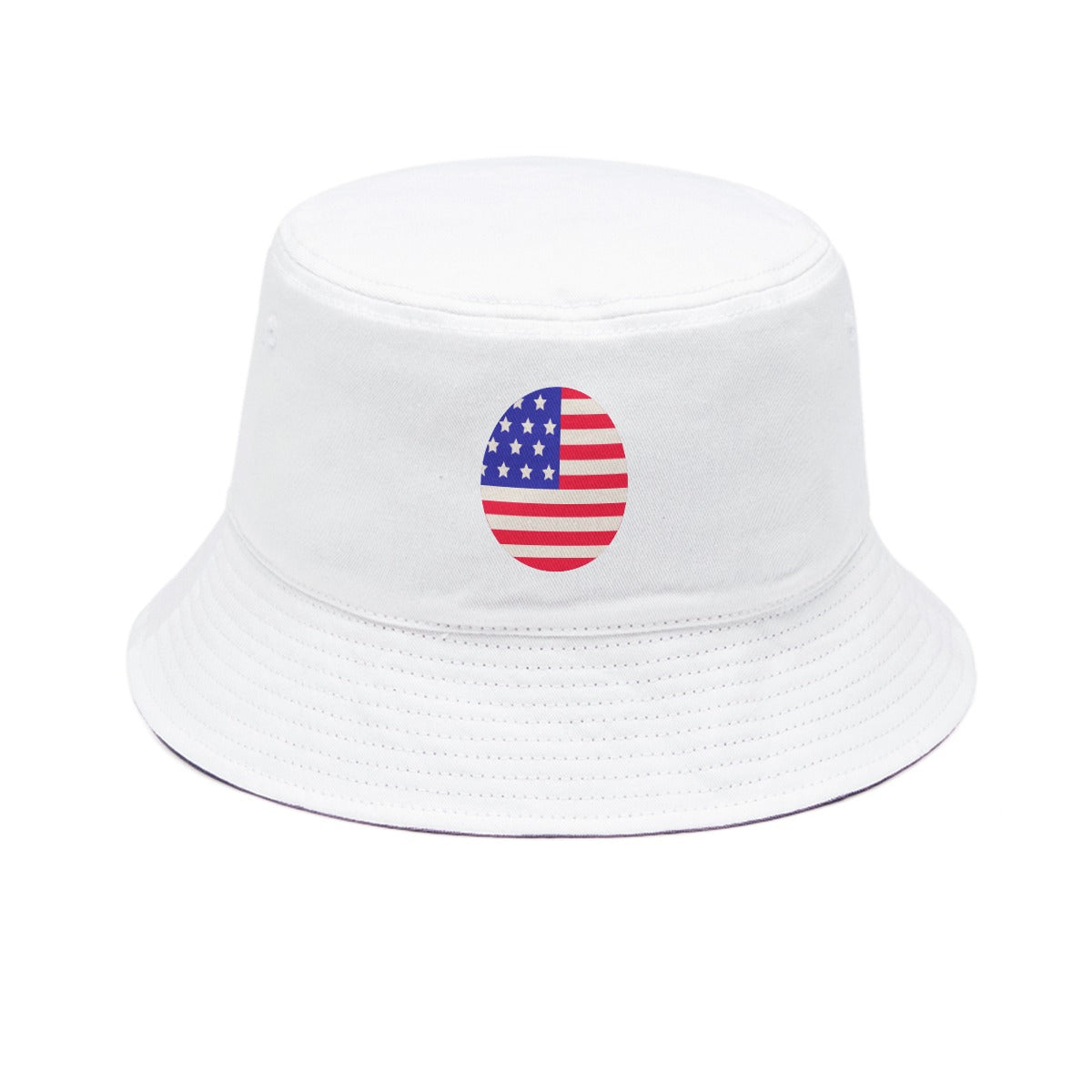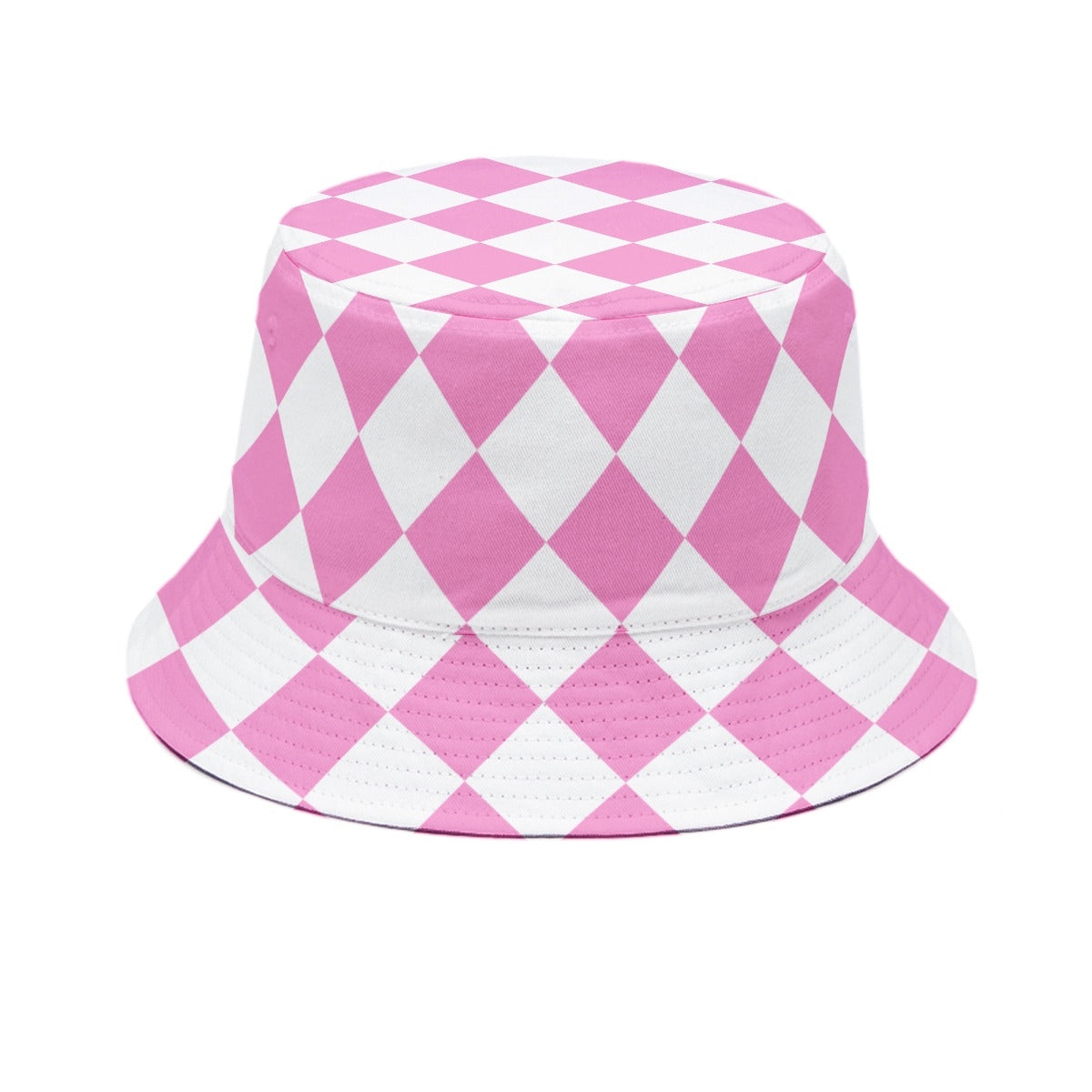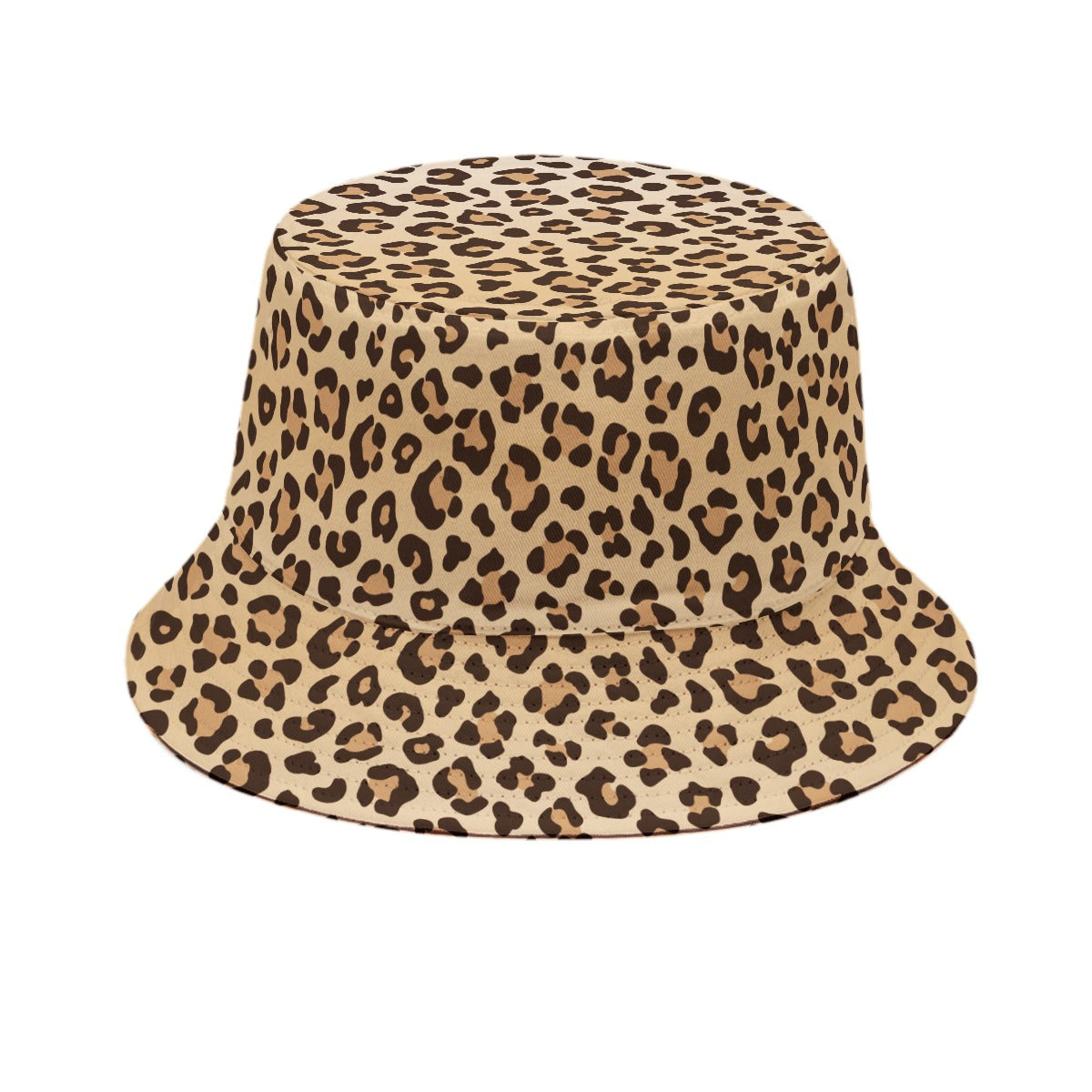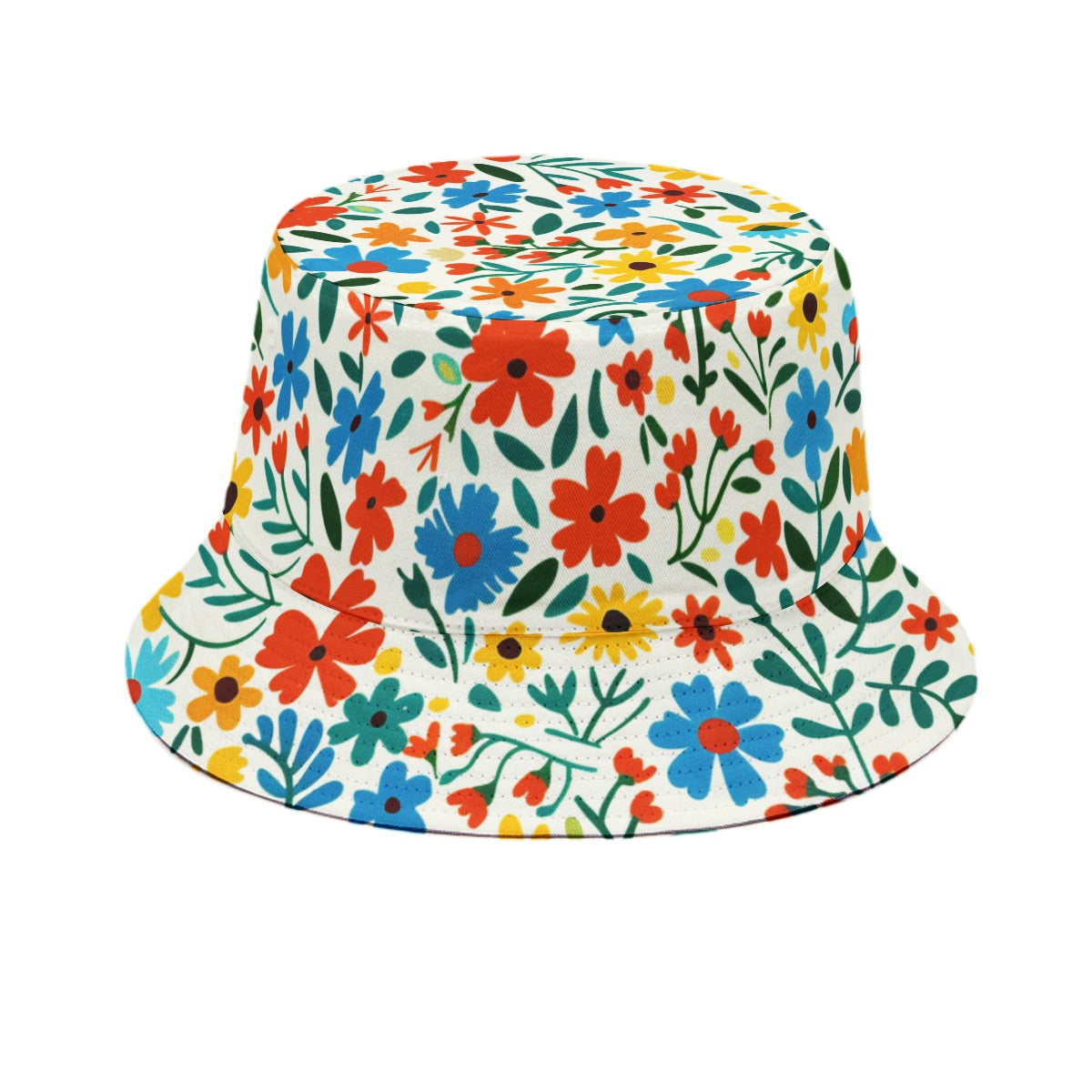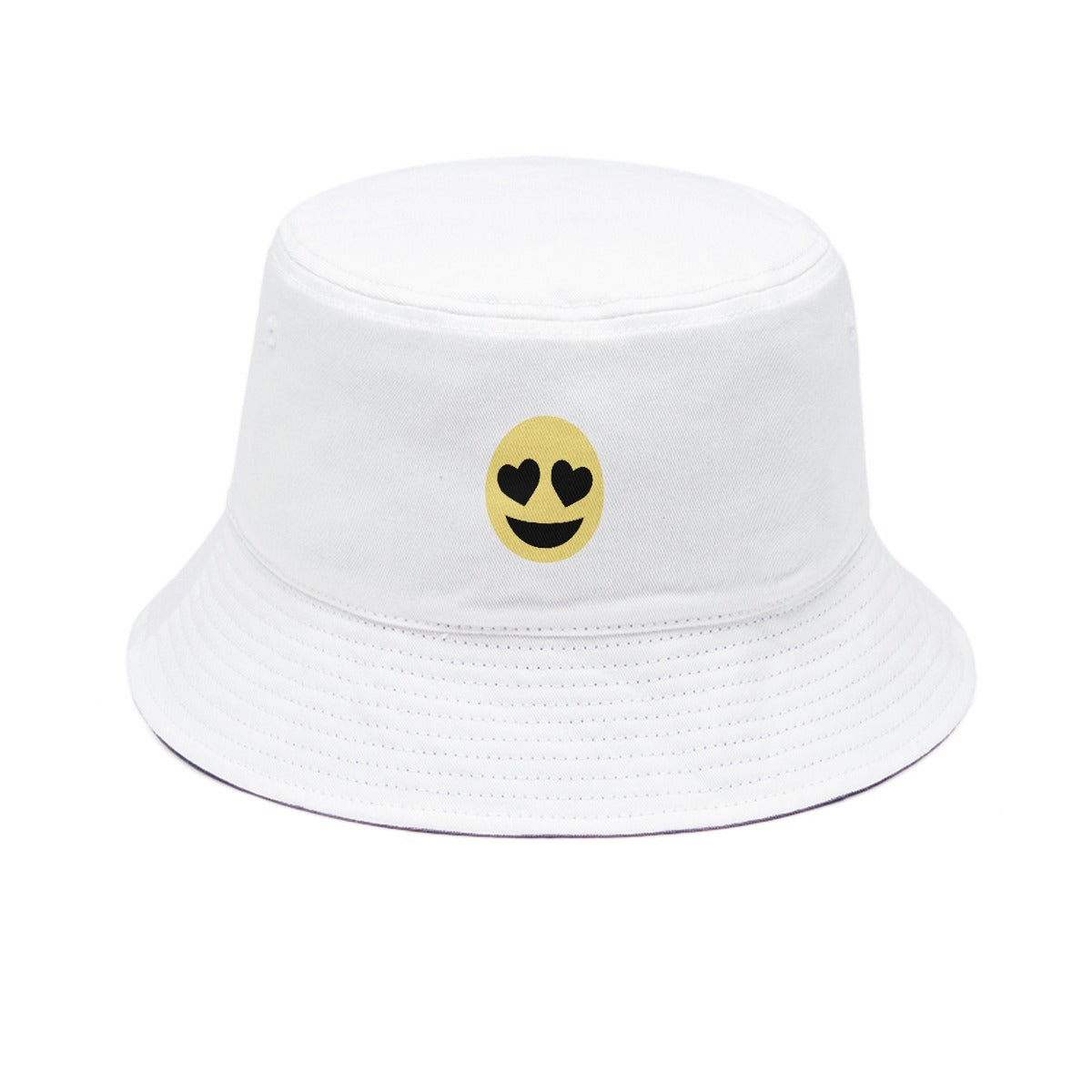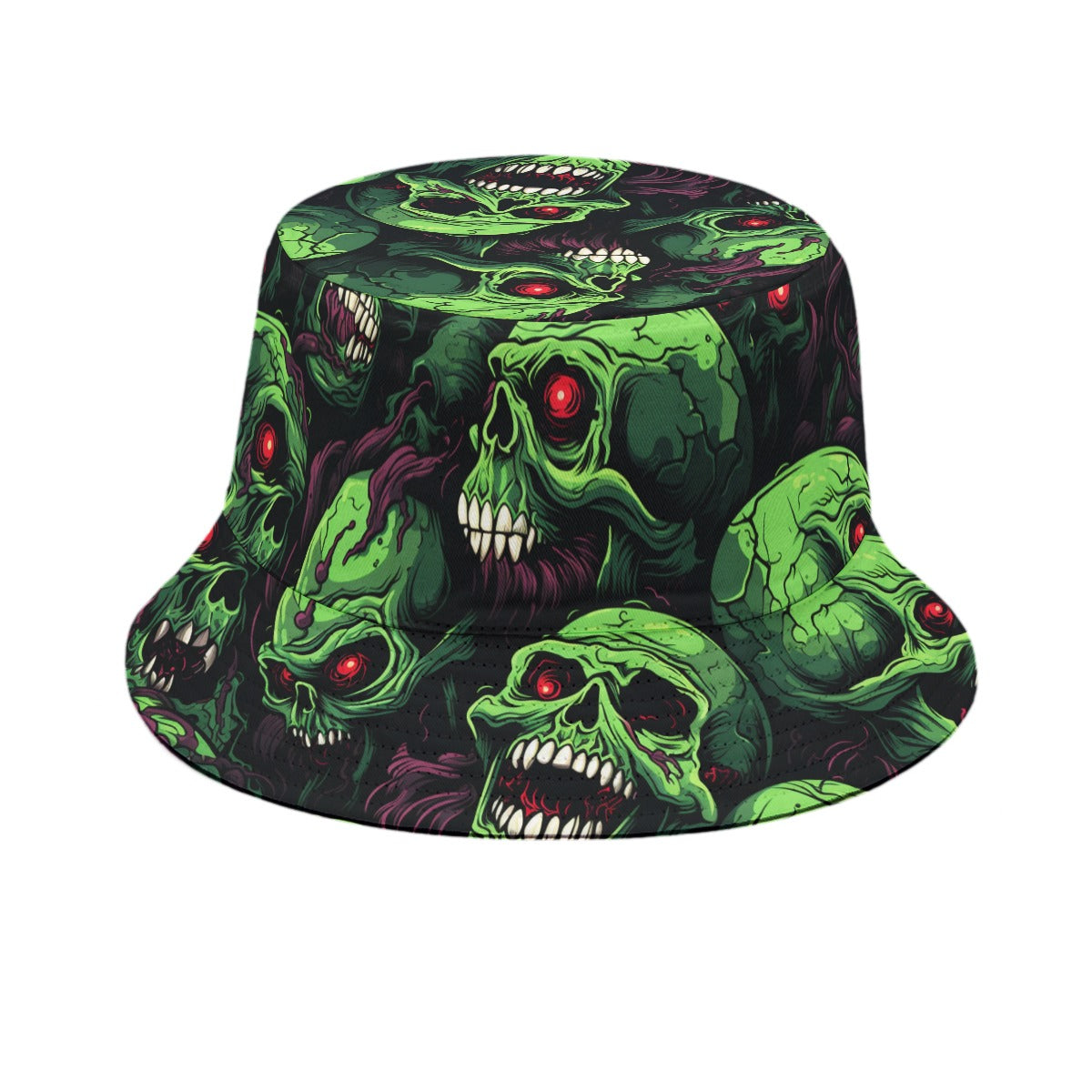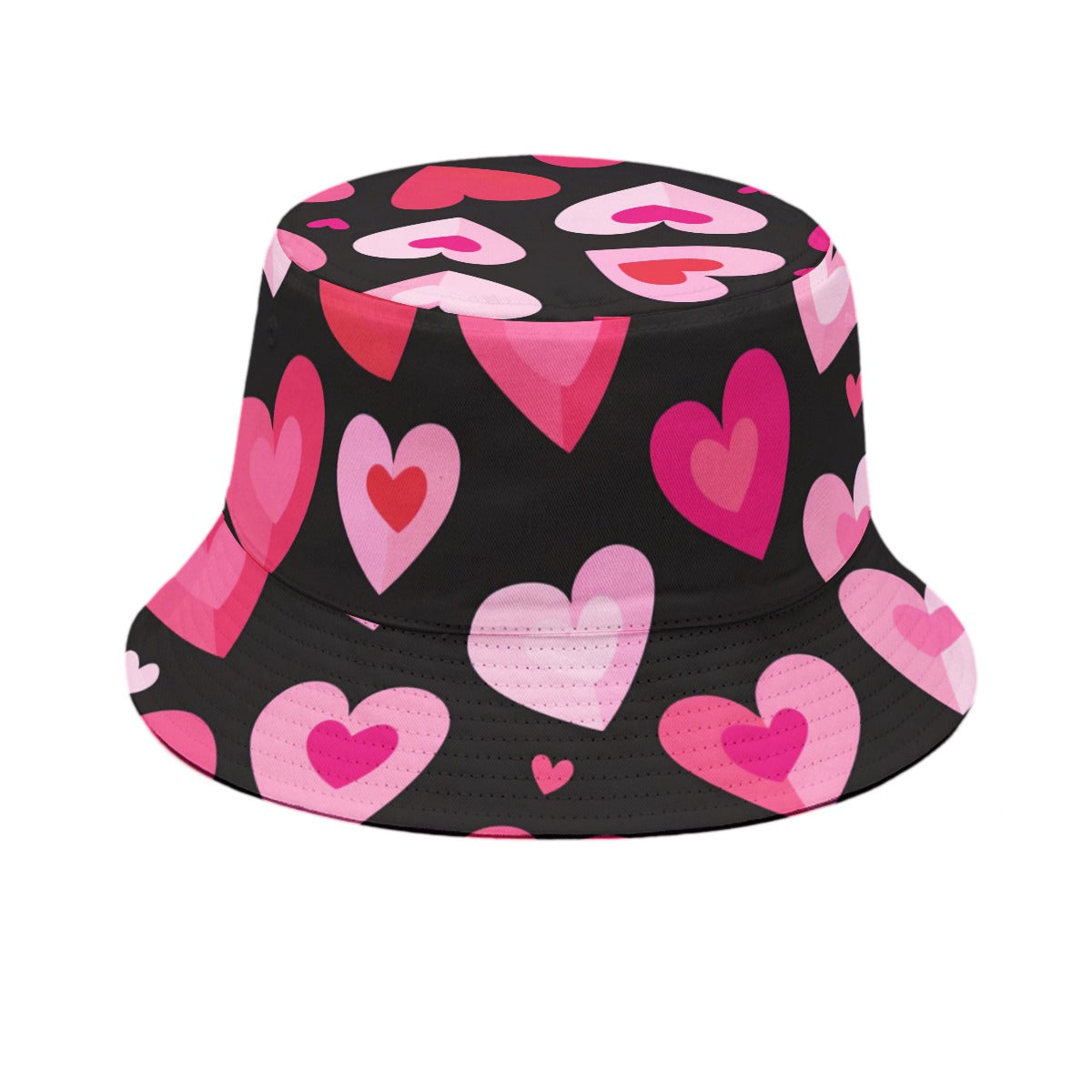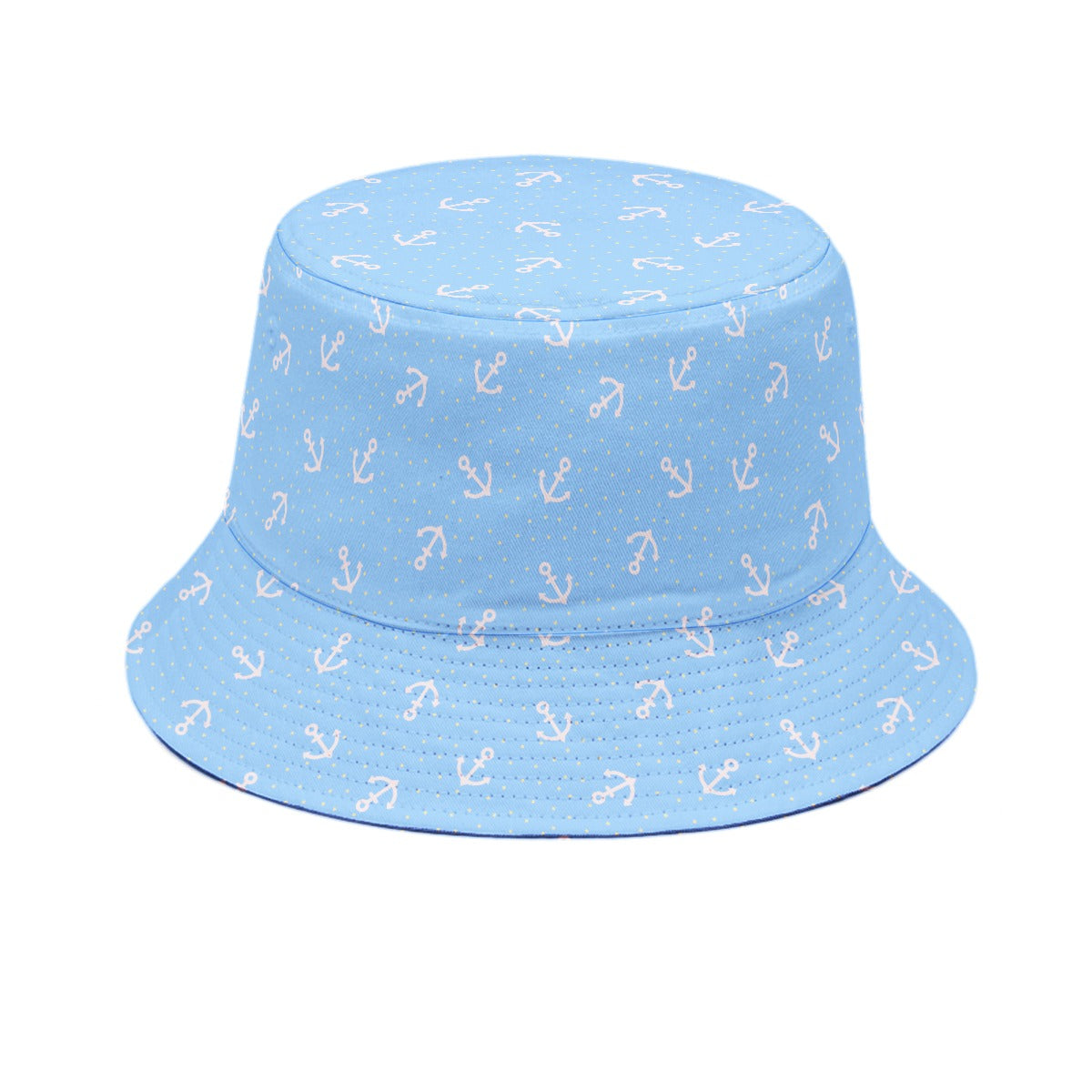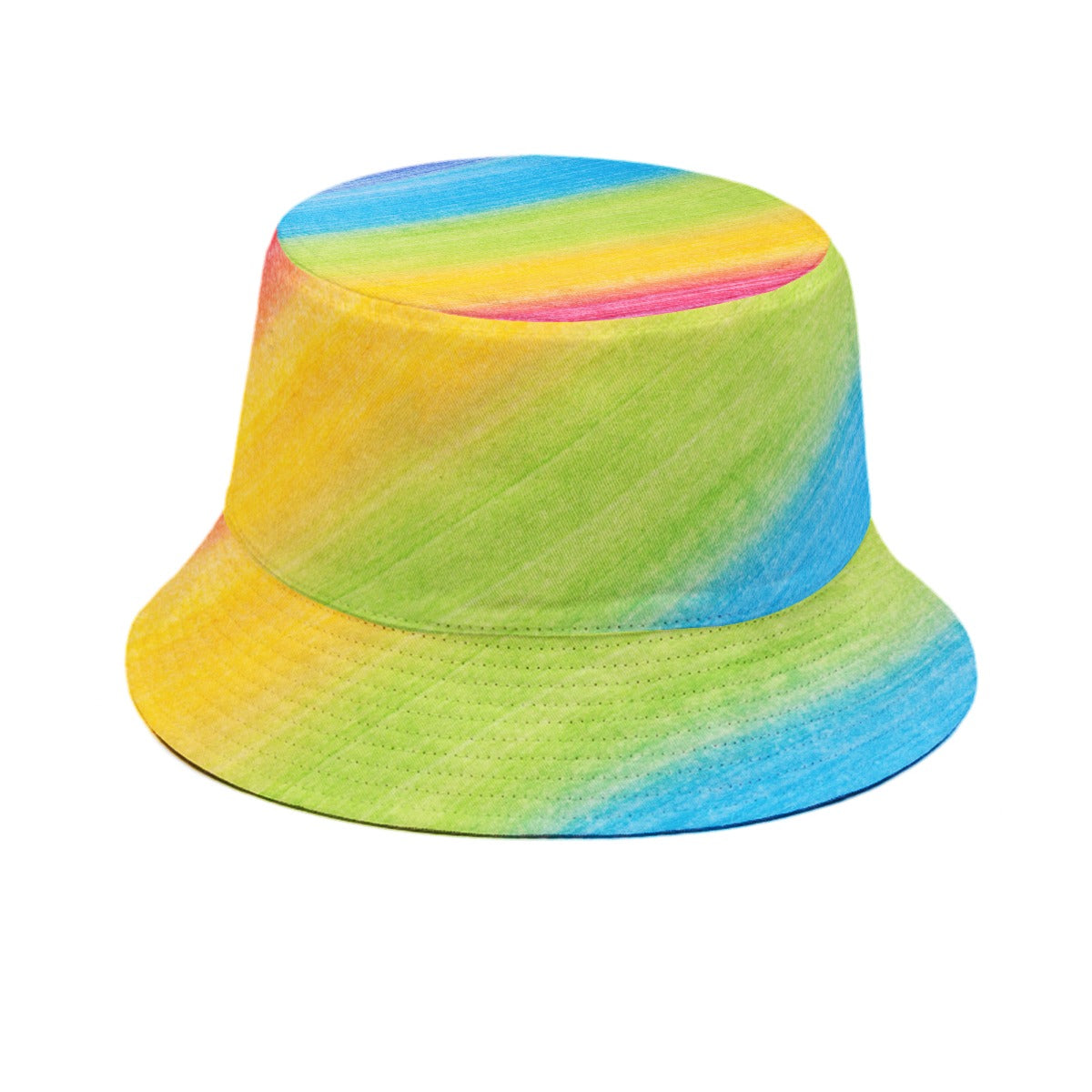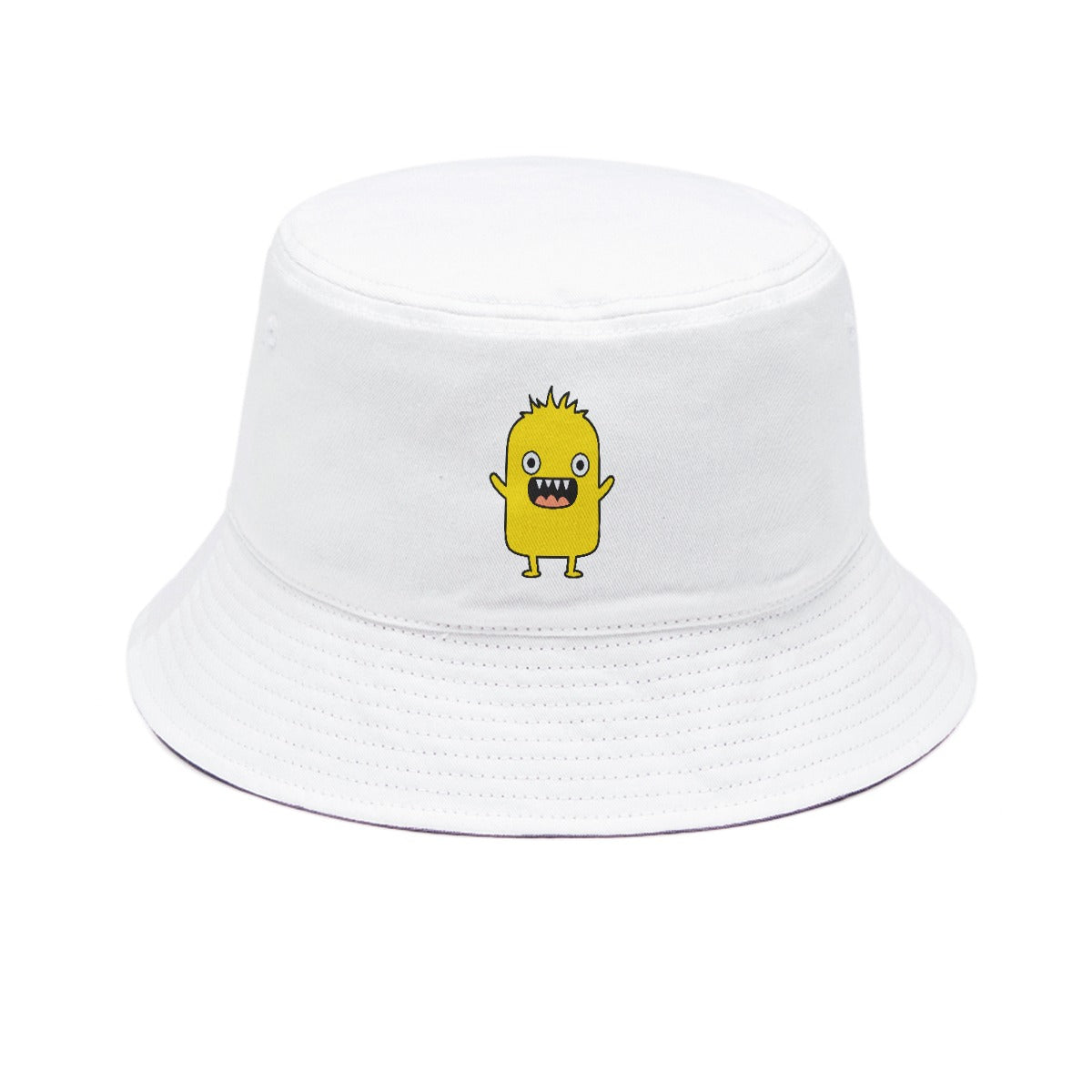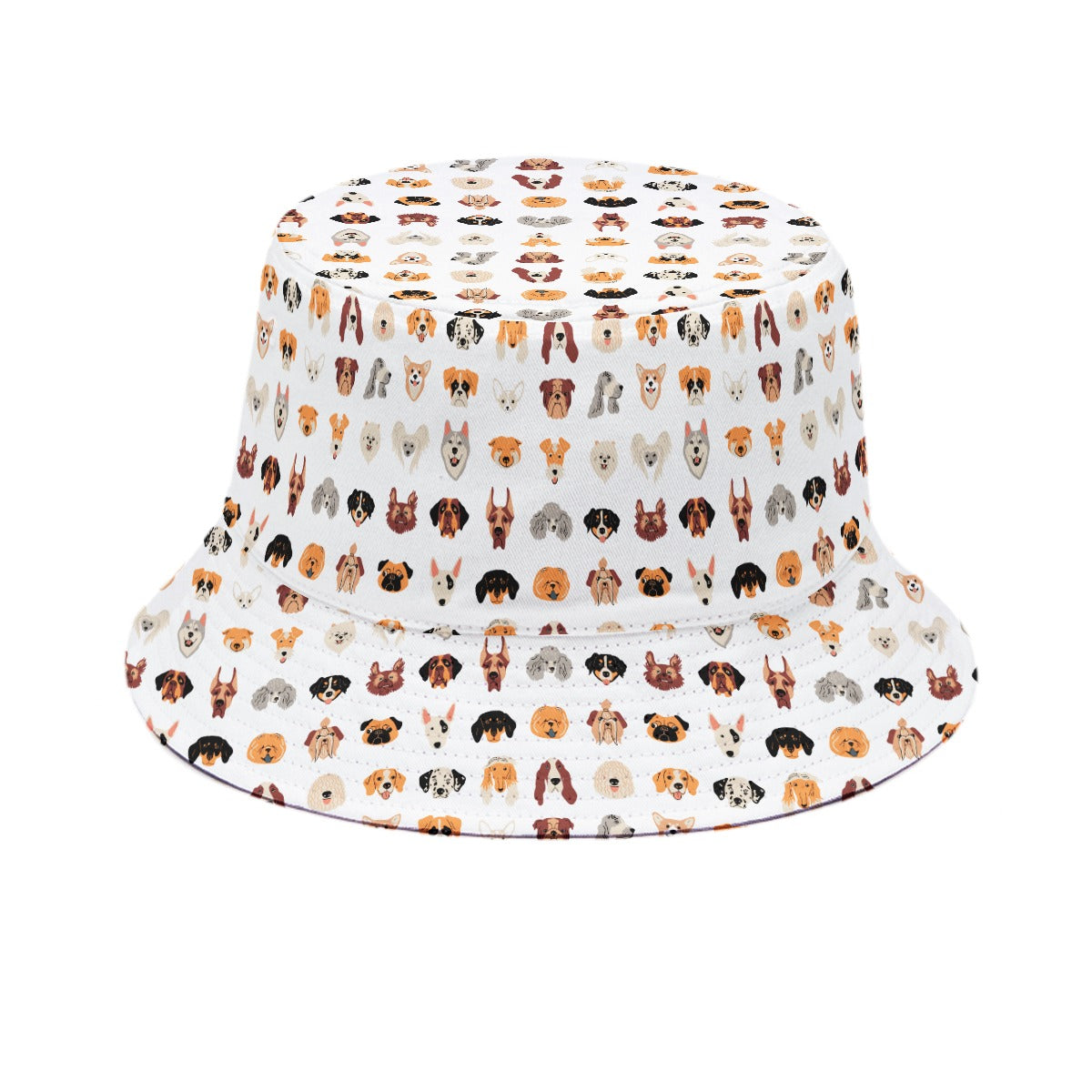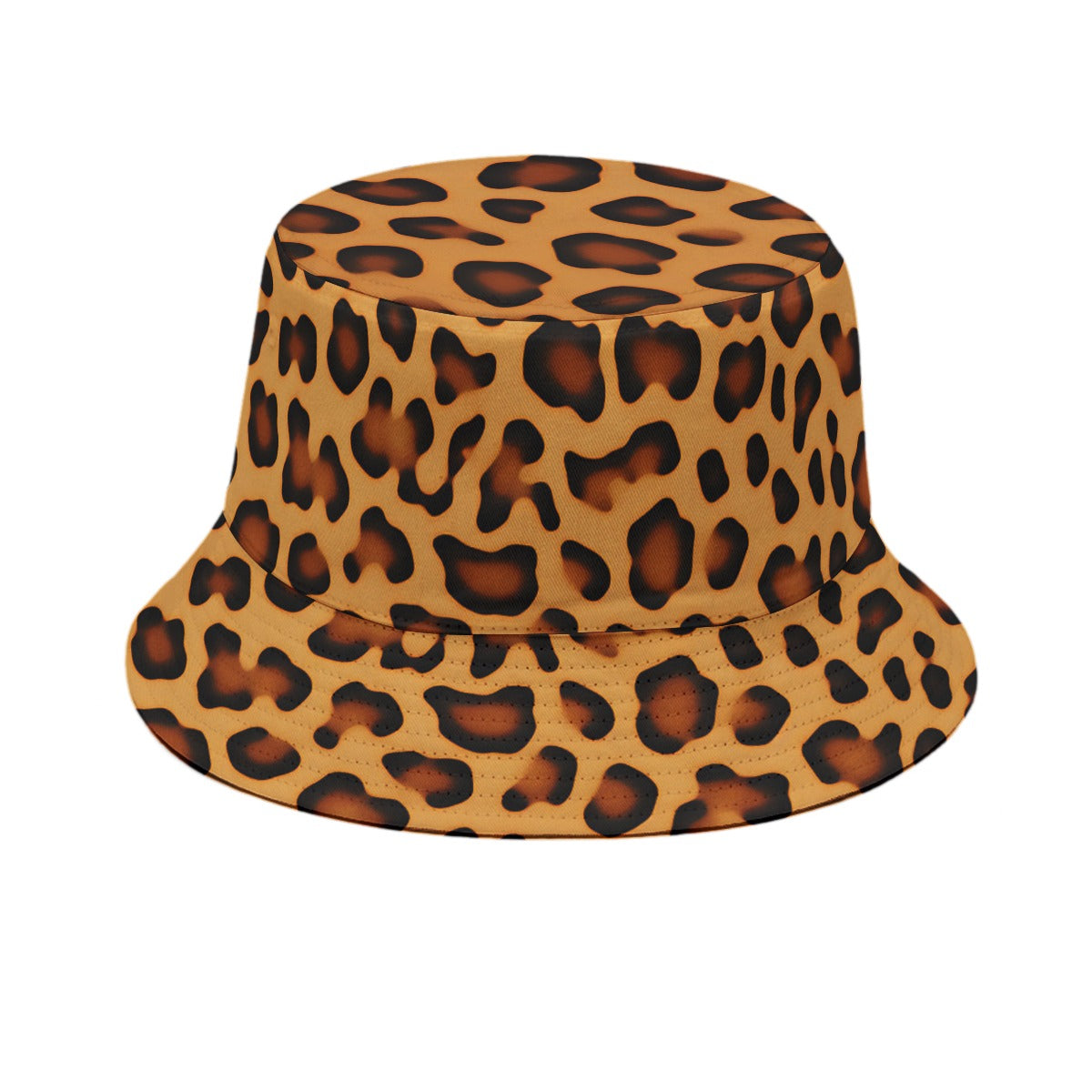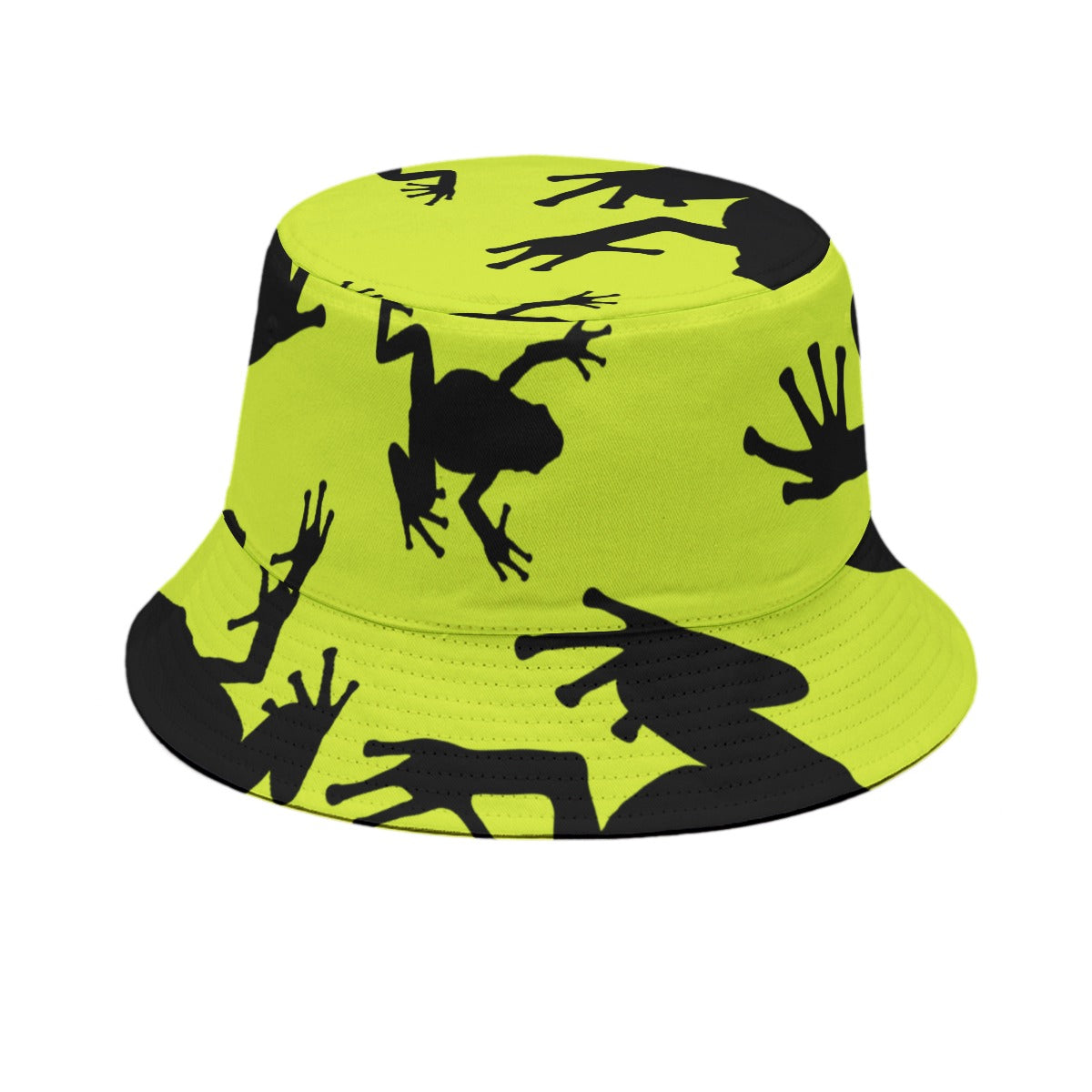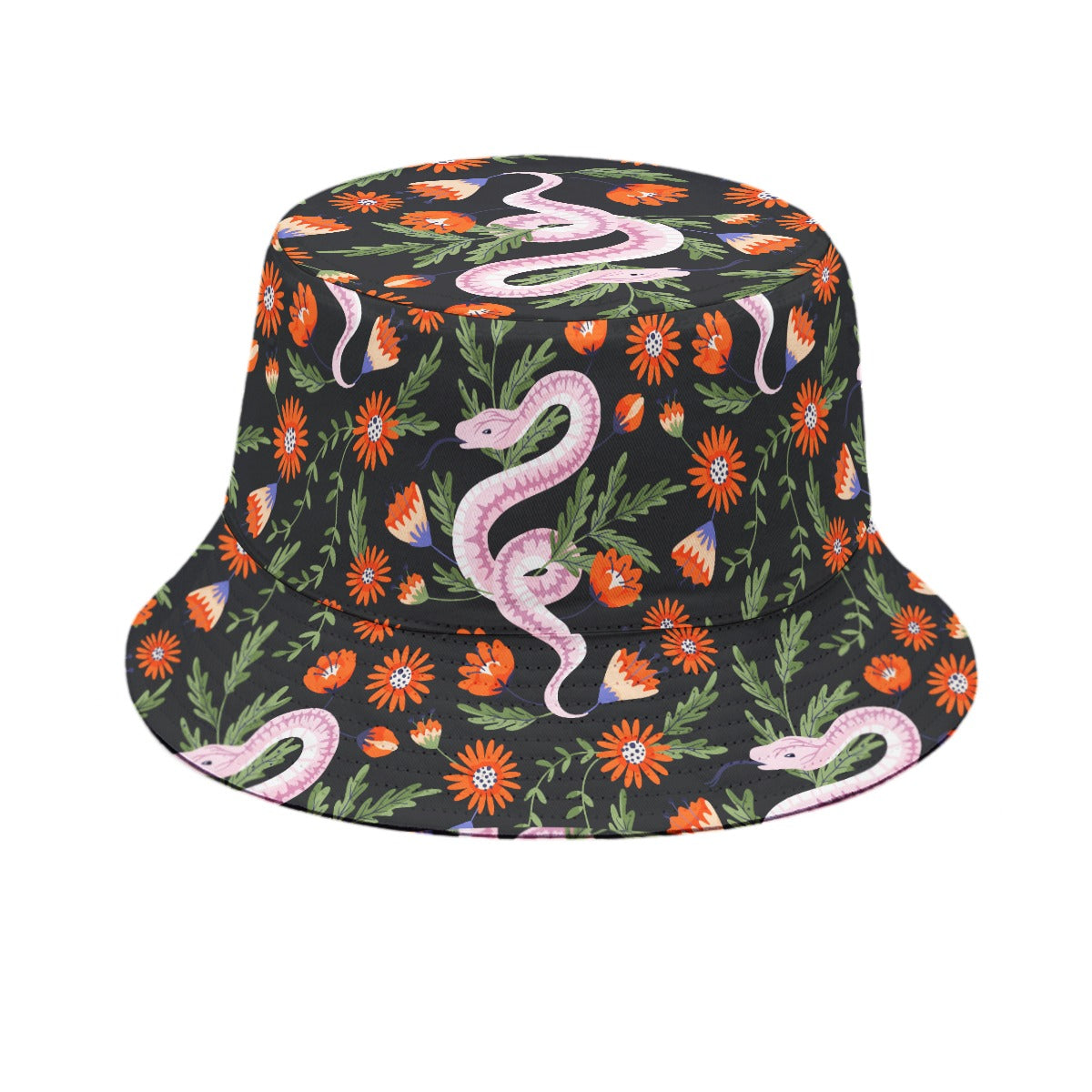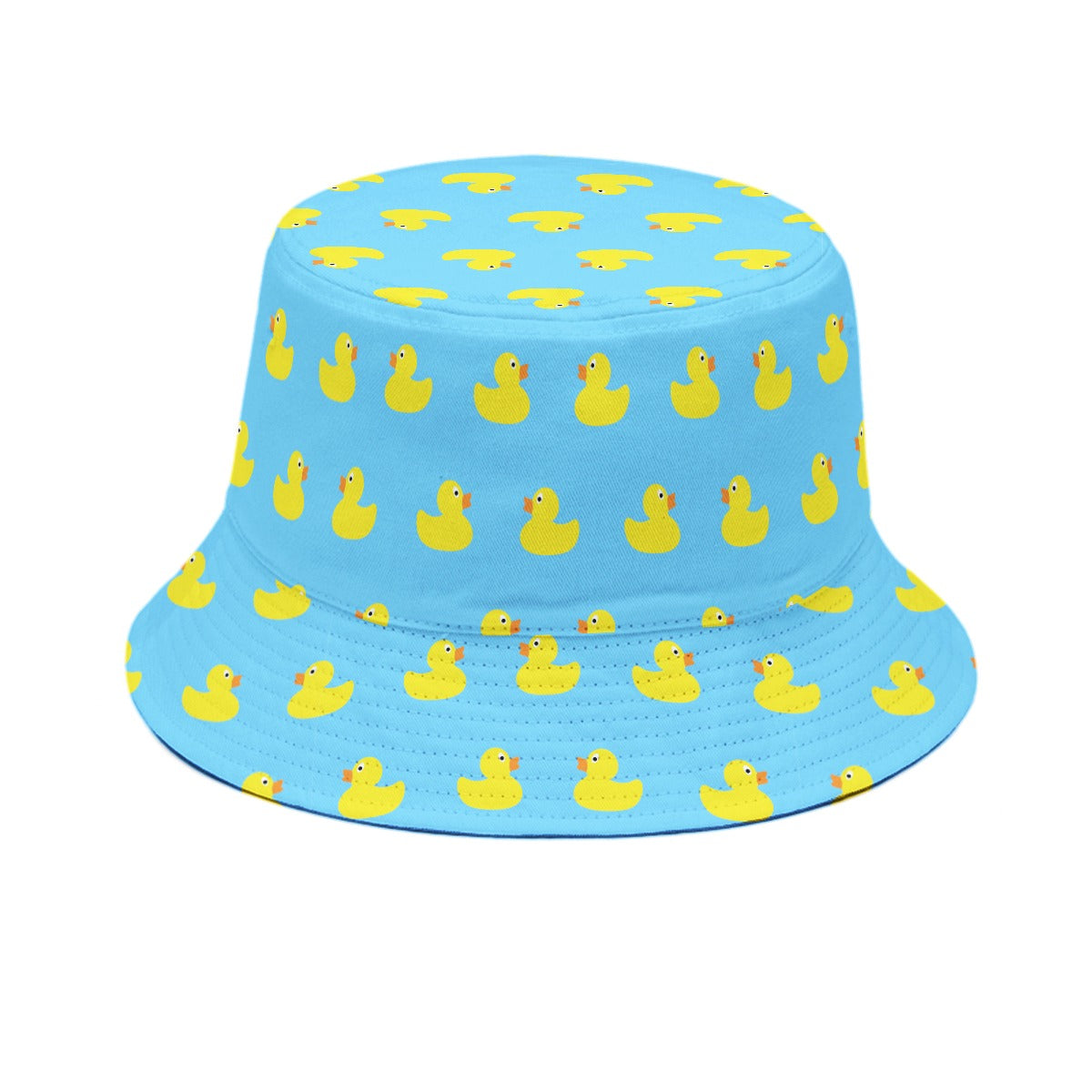Does bucket hat protect from sun ?
When it comes to sun protection, most people immediately think of sunscreen, sunglasses, and long sleeves. But what about headwear? Specifically, does a bucket hat protect from the sun? The short answer is yes but the long answer is much more interesting. From its functional origins to modern design innovations, the bucket hat has become more than just a stylish accessory; it's a versatile tool in your sun-protection arsenal.
In this article, we’ll explore how bucket hats offer protection from harmful UV rays, which features matter most, and how they compare to other types of hats. We’ll also answer common questions and provide practical tips to maximize your sun safety.
Understanding UV Protection and Why It Matters
What Is UV Radiation?
Ultraviolet (UV) radiation is a form of energy emitted by the sun. There are three types of UV rays: UVA, UVB, and UVC. UVC rays are mostly blocked by the Earth’s atmosphere, but UVA and UVB reach us and can cause significant skin damage. Prolonged exposure without protection can lead to sunburn, premature aging, and skin cancer.

The Importance of Physical Barriers
While sunscreen is an effective tool, it’s not always enough. It can wear off with sweat, water, or time, and needs regular reapplication. Physical barriers like clothing and hats provide a consistent shield against UV rays. Hats, in particular, are essential for protecting the face, neck, and ears areas often exposed and easily overlooked.
How a Bucket Hat Protects You from the Sun
The Role of the Brim
A bucket hat’s most distinctive feature is its wide, downward-sloping brim, which typically measures 2 to 3 inches in width. This brim casts a shadow over your face, ears, and part of your neck, helping to block direct sunlight from hitting your skin.
Unlike baseball caps that mainly protect the forehead, bucket hats offer 360-degree coverage, which makes a significant difference during prolonged outdoor exposure. Whether you're gardening, hiking, attending a festival, or just walking through the city, a bucket hat reduces your skin's direct contact with sunlight.

Fabric and UPF Ratings
Not all fabrics are equal when it comes to sun protection. The Ultraviolet Protection Factor (UPF) rating measures how much UV radiation a fabric allows to reach your skin. A bucket hat made from tightly woven materials like cotton canvas, polyester blends, or nylon can provide excellent coverage. Some manufacturers even produce hats with certified UPF 50+ fabric, which blocks 98% of UVA and UVB rays.
Look for labels that specify UPF ratings when shopping for a sun-protective bucket hat. If it doesn’t have a rating, test the fabric by holding it up to the light. If a lot of light shines through, it's less effective.

Key Features to Look for in a Sun-Protective Bucket Hat
Brim Size and Shape
The brim of a bucket hat is arguably its most important feature when it comes to sun protection. A wider brim not only offers increased coverage but also creates a physical barrier between your skin and harmful UV rays. While classic bucket hats tend to have a brim width of 2 to 2.75 inches, newer sun-specific designs often feature brims that extend to 3.5 or even 4 inches, giving the wearer better protection for the cheeks, jawline, ears, and upper neck.
However, it’s not just the width that matters it’s also the angle. A brim that slopes downward creates a natural shield against direct and indirect sunlight, helping to redirect UV rays away from the face. This is especially important during midday hours when the sun is high and harsh. In contrast, flat brims may fail to cover the sides of the face, and upturned brims (often added for style) can even reflect light inward, increasing sun exposure.
Sun hats with exaggerated brims can sometimes block vision or feel heavy, which is why bucket hats with smart brim engineering strike a valuable middle ground. Some designs include flexible wire reinforcement or structured stitching that allow you to shape the brim as needed curved downward when the sun is intense, or slightly upturned for visibility and style. Ultimately, the best brim offers a balance between coverage, comfort, and adjustability.

Fabric Density and Color
When it comes to blocking UV rays, the density of the fabric plays a major role. A tightly woven material like cotton twill, canvas, or high-denier polyester is more effective at keeping out ultraviolet radiation than loosely woven fabrics such as straw or linen. If you can hold a fabric up to the light and see through it, it likely allows UV rays to pass through as well diminishing its effectiveness as sun protection.
In addition to weave density, color choice can also impact UV protection. Darker colors such as black, navy blue, forest green, or burgundy absorb more UV radiation, preventing it from reaching the skin. Lighter colors like white or pale yellow tend to reflect sunlight but don’t absorb or block as much UV energy. That said, lighter colors may keep you cooler in hot conditions, so there's often a trade-off between heat regulation and UV blocking.
Some premium bucket hats use specially treated fabrics with UV-blocking chemical finishes, which provide the benefits of lighter colors while still achieving a high UPF (Ultraviolet Protection Factor) rating. If you’re frequently in high-UV environments (like deserts, tropical beaches, or mountainous areas), it's worth seeking out hats labeled UPF 50+, meaning they block at least 98% of UV radiation.
For a truly sun-safe choice, opt for a hat that combines tight weave + dark or treated fabric + wide brim a triple-threat defense against sun damage.

Ventilation and Moisture-Wicking
Sun protection isn’t only about blocking UV rays it’s also about staying cool and comfortable enough to keep your protection on. That’s where features like ventilation and moisture-wicking liners come into play. These enhancements may not directly increase UV resistance, but they have a significant impact on usability, especially during hot and humid conditions.
Many high-performance bucket hats now incorporate mesh side panels, laser-cut vents, or perforated fabrics that promote airflow. These elements help release trapped heat and prevent your scalp from overheating particularly important during outdoor workouts, long walks, or sun-intensive activities like gardening or beach volleyball.
Additionally, the inside of the hat can be lined with moisture-wicking bands or quick-dry performance materials that absorb sweat and dry rapidly. This not only improves comfort but also prevents sweat from running into your eyes or saturating the hat's fabric, which could otherwise cause irritation or reduce UV protection if the fabric becomes stretched or translucent.

Some bucket hats go a step further by using antimicrobial linings that resist odor buildup a great feature for travelers or those wearing their hat over long periods. Others offer adjustable crown ventilation, allowing you to open or close airflow depending on the temperature. Together, ventilation and moisture management ensure that you’ll actually want to wear your hat, even during peak heat making them essential allies in any sun-protection strategy.
Comparing Bucket Hats to Other Sun Hats
Bucket Hat vs. Baseball Cap
Baseball caps are a popular choice, but they only protect the forehead and sometimes the nose. The ears, temples, and neck are fully exposed. In contrast, bucket hats provide wraparound shade, which significantly improves coverage. For outdoor work or leisure, the bucket hat wins in terms of functionality.
Bucket Hat vs. Wide-Brim Sun Hat
Wide-brim sun hats, like floppy beach hats or safari hats, generally provide the most coverage especially those with 4-inch or broader brims. However, they’re also bulkier and not as portable. Bucket hats strike a balance: they offer substantial protection without the size or formality of wide-brim hats.
Bucket Hat vs. Boonie Hat
Boonie hats are essentially military-style bucket hats with larger brims and chin straps. While they often offer better sun protection, their style is more utilitarian. Bucket hats are more versatile for everyday wear, urban settings, and festivals while still offering strong UV defense.

Bucket Hats for Specific Outdoor Activities
Hiking and Trekking
Hikers face intense sun exposure, especially at higher altitudes. Bucket hats made with UPF-certified, moisture-wicking fabric are ideal for long treks. Look for versions with chin straps for windy conditions and stowable designs for packability.
Beach and Water Activities
On the beach or at sea, the sun reflects off sand and water, increasing exposure. Water-resistant bucket hats with extended brims or neck flaps are perfect for these environments. Synthetic fabrics dry quickly, and some designs float an added bonus.
Gardening and Yard Work
When gardening, you need a hat that stays in place and doesn’t trap heat. Cotton or blended fabric bucket hats with ventilation grommets keep you cool and protected while bending, crouching, or working under strong midday sun.
Common Myths About Bucket Hats and Sun Protection
"Any Hat Will Do"
Not all hats are equal. Hats with small or upward-facing brims, sheer fabrics, or loose weaves offer minimal protection. A well-designed bucket hat is far superior to a basic cap or visor when it comes to shielding your skin.
"I Don’t Need a Hat If I Wear Sunscreen"
Sunscreen is essential but has limits: it must be reapplied every 2 hours, can wash off with sweat or water, and is often applied unevenly. A physical barrier like a bucket hat provides consistent protection and complements sunscreen, especially for the scalp, ears, and upper face.
"Bucket Hats Are Only for Fashion"
While bucket hats have surged in popularity due to streetwear and festival culture, many are built with serious functionality in mind. Outdoor brands produce technical models with high UPF ratings, cooling tech, and adjustable brims proving style and sun protection can go hand in hand.
Tips for Maximizing Sun Protection with a Bucket Hat
-
Choose the right size: A snug fit ensures the hat stays in place, even on windy days.
-
Pick UPF-rated materials: Aim for UPF 30 or higher for true sun protection.
-
Reapply sunscreen on exposed areas: A bucket hat won’t protect your lower face or neck unless the brim is extra wide.
-
Combine with sunglasses: Shield your eyes from UV rays with a good pair of UV400-rated sunglasses.
-
Avoid thin, see-through fabrics: If you can see light through the hat, UV rays can penetrate too.

Scientific Studies on Hats and UV Protection
What Research Says About Headwear and UV Exposure
Multiple dermatological studies have confirmed that hats with wide brims significantly reduce UV exposure to the face, ears, and neck. According to a study published in the Journal of the American Academy of Dermatology, wearing a hat with a minimum 3-inch brim can reduce face exposure by up to 70% compared to going without. While bucket hats usually offer smaller brims than full sun hats, their circular design compensates by covering more angles, especially when the sun is high overhead.
Additionally, research conducted in Australia where UV awareness is exceptionally high found that children who wore bucket hats at school had lower rates of sunburn than those who wore baseball caps. This data reinforces the importance of brim shape and coverage area when choosing sun-protective headwear.
Limitations Highlighted in Studies
While bucket hats perform well in controlled conditions, studies also point out their limitations:
-
Sun angles vary throughout the day, so while a bucket hat blocks overhead sun well, it may be less effective in late afternoon or early morning.
-
Windy environments can cause movement or shifting, reducing effective protection unless the hat fits well or has a strap.
However, even with these caveats, the general consensus is that any wide-brimmed hat offers exponentially more protection than going bare-headed.
Real-World Scenarios Where Bucket Hats Shine
Urban Commuting
In cities, concrete and glass surfaces reflect sunlight, intensifying UV exposure. People often think they're safe during brief walks between buildings or transit stops, but cumulative exposure adds up, especially to the face and scalp. Bucket hats are ideal for urban dwellers: lightweight, stylish, and easily folded into a backpack or tote when not needed. Many commuters use bucket hats to bridge the gap between function and aesthetic, offering both protection and a polished look.
Travel and Tourism
Travelers often underestimate sun exposure when exploring new cities, hiking scenic trails, or lounging on the beach. Bucket hats, with their packable design, are a favorite among tourists. Unlike structured hats that lose shape in suitcases, most bucket hats can be rolled or folded, making them perfect for carry-on packing. Look for travel-friendly models with features like chin cords, zip pockets, or reversible fabrics for multiple outfits.
Children and Outdoor Play
For children, sun safety is especially critical. Their skin is more sensitive, and sunburns during childhood significantly increase the risk of skin cancer later in life. Bucket hats designed for kids often feature elastic bands, fun prints, and UPF 50+ fabric. Parents appreciate how bucket hats protect the scalp, ears, and eyes during hours of playground time or summer camp without slipping off during active play.
Styling Your Bucket Hat Without Compromising Sun Safety
While protection is the priority, that doesn’t mean you have to compromise on style. In fact, bucket hats are one of the most versatile accessories in modern fashion. Here’s how to combine form and function:
Minimalist Looks
A neutral-toned cotton bucket hat in beige, olive, navy, or charcoal grey complements a clean, minimalist aesthetic while still offering reliable sun protection. These subtle colors blend effortlessly with everyday outfits and allow the hat to serve as a functional accessory rather than a focal point. Whether you’re pairing it with a white linen shirt and cropped trousers or a monochromatic athleisure set, the minimalist bucket hat adds a touch of understated sophistication.
Because of their simplicity, these hats are especially suited for environments where blending in is preferred such as commuting in the city, professional outdoor events, or travel in conservative areas. Some minimalist designs even incorporate small details like embossed logos, tonal stitching, or matte-finished fabric to maintain visual interest without straying from a clean design language.
From a practical standpoint, minimalist bucket hats are typically made from lightweight cotton or canvas, which offers decent breathability and packs easily into a tote bag or carry-on. They’re perfect for those who value function over flair but still want to make intentional fashion choices that align with a refined, low-maintenance lifestyle.

Statement Pieces
For those who see fashion as a form of self-expression, statement bucket hats deliver both impact and UV protection. These versions often feature bold patterns, vibrant colors, or unique embellishments that turn the accessory into the centerpiece of an outfit. Think eye-catching tie-dye at summer festivals, floral or fruit prints for beach getaways, or graffiti-inspired patterns that evoke the energy of urban art scenes.
Many streetwear brands and independent designers have embraced the bucket hat as a canvas for creativity, releasing limited-edition designs or artist collaborations. These pieces often include embroidered graphics, contrasting fabrics, or patchwork construction that attract attention while serving the same protective function as their minimalist counterparts.

In terms of sun protection, statement bucket hats are often made from similar UPF-rated materials and wide-brim structures. Some even go further by adding removable face covers, snap-on neck flaps, or adjustable drawcords to offer adaptable coverage without sacrificing style. A statement bucket hat says you take UV protection seriously but you’re not afraid to stand out while doing it.
Techwear and Performance
For outdoor adventurers, trail runners, or fans of futuristic fashion, techwear bucket hats are a top-tier choice. Made from high-performance materials like ripstop nylon, GORE-TEX, CORDURA, or cooling mesh hybrids, these hats are designed to withstand extreme weather conditions while keeping you protected from the sun’s harmful rays.
Techwear bucket hats often feature functional upgrades like:
-
Laser-cut ventilation holes for increased airflow
-
Sweat-wicking linings to keep your head cool and dry
-
Antimicrobial treatments to prevent odor after long use
-
Built-in sweatbands or inner moisture barriers
-
Water resistance or full waterproofing for rain or humidity
Some models also include modular components, such as zippable side flaps, detachable visors, or concealed compartments. These features allow the wearer to adapt the hat in real time for instance, removing side flaps as the sun sets, or tightening chin cords during a windy climb.
Beyond practicality, techwear hats are a staple in urban futuristic fashion. Their monochrome palettes, matte finishes, and angular designs fit perfectly within the style codes of modern city-dwellers who value both form and function. Whether you're scaling a peak or navigating a concrete jungle, these bucket hats don’t just offer protection they offer performance-driven style that keeps pace with your lifestyle.
Combining Bucket Hats with Other Sun Protection Strategies
A comprehensive sun protection plan involves multiple layers not just one item. Here’s how your bucket hat fits into the broader picture:
Use With Sunscreen
Apply broad-spectrum SPF 30 or higher to your face and neck even if you’re wearing a hat. The brim of a bucket hat reduces direct rays, but reflected UV radiation from surfaces like water or pavement still affects exposed skin.
Add UV-Protective Sunglasses
The skin around your eyes is delicate and prone to aging. Pair your bucket hat with UV400-rated sunglasses for full facial protection. Together, they protect against both sunburn and photoaging.
Wear UV-Protective Clothing
If you’re spending extended time outdoors especially during peak hours (10 a.m. to 4 p.m.) complement your bucket hat with long-sleeved shirts or jackets made from UV-blocking fabrics. Some brands now offer full matching sun-protective outfits.
Is a Bucket Hat a Smart Choice for the Sun?
Let’s return to the original question: Does a bucket hat protect from the sun? Undoubtedly, yes!
Here’s why:
-
It offers 360° coverage, protecting more than just the forehead.
-
It’s available in UPF-rated materials, blocking harmful UV rays.
-
It’s portable, stylish, and functional, making it easy to wear consistently.
-
It’s an ideal sun protection solution for all ages and activities from hiking and commuting to relaxing by the pool.
That said, it works best when combined with other forms of sun protection. Think of the bucket hat as your first line of defense essential, effective, and easy to use.
A quality bucket hat provides meaningful UV protection for your scalp, face, and ears, especially if it has a wide brim and is made from tightly woven or UPF-rated material. While it’s not a complete replacement for sunscreen or other protective clothing, it’s a crucial part of a layered sun-safety strategy.
Whether you’re an outdoor adventurer, urban commuter, beachgoer, or just someone who appreciates a good look with function, a well-made bucket hat will shield you from harmful rays and add a timeless touch to your outfit. So next time the sun's out, don’t forget your bucket hat it’s style and safety in one.





